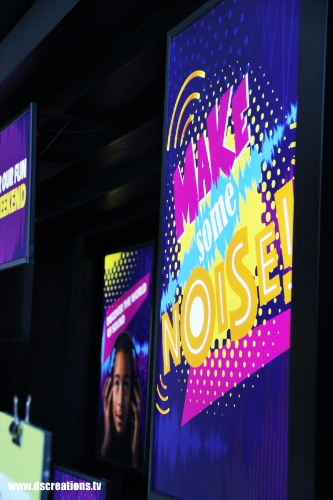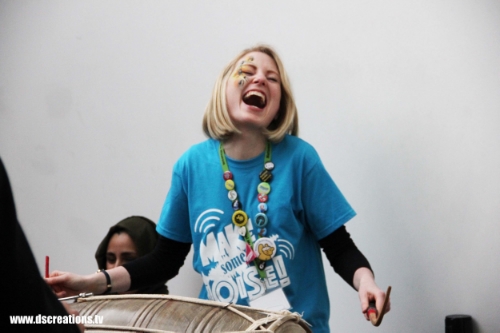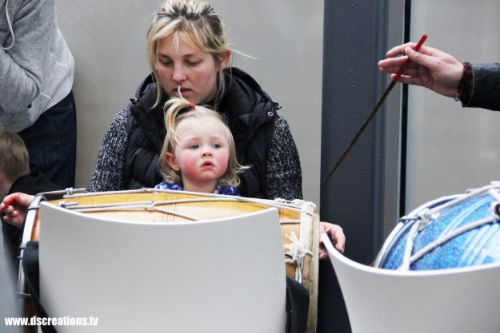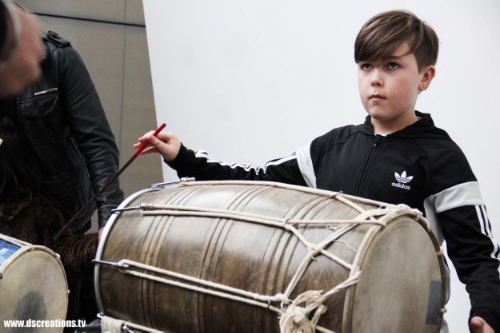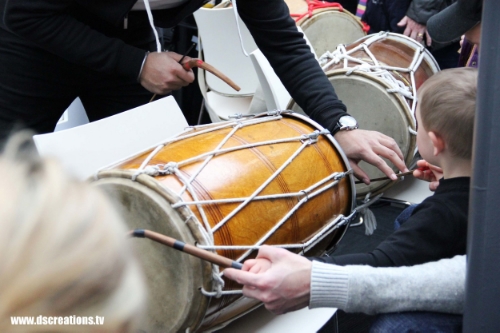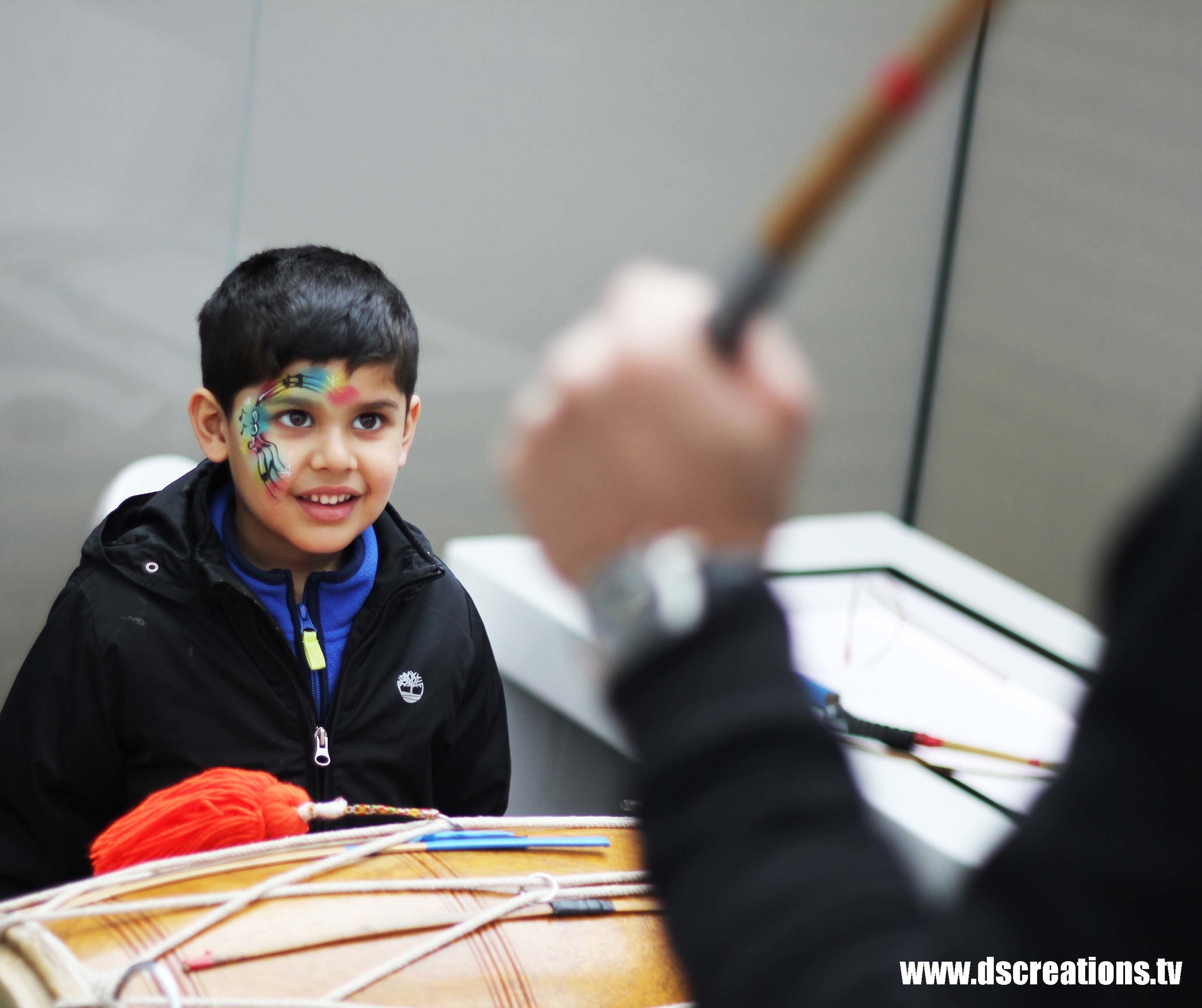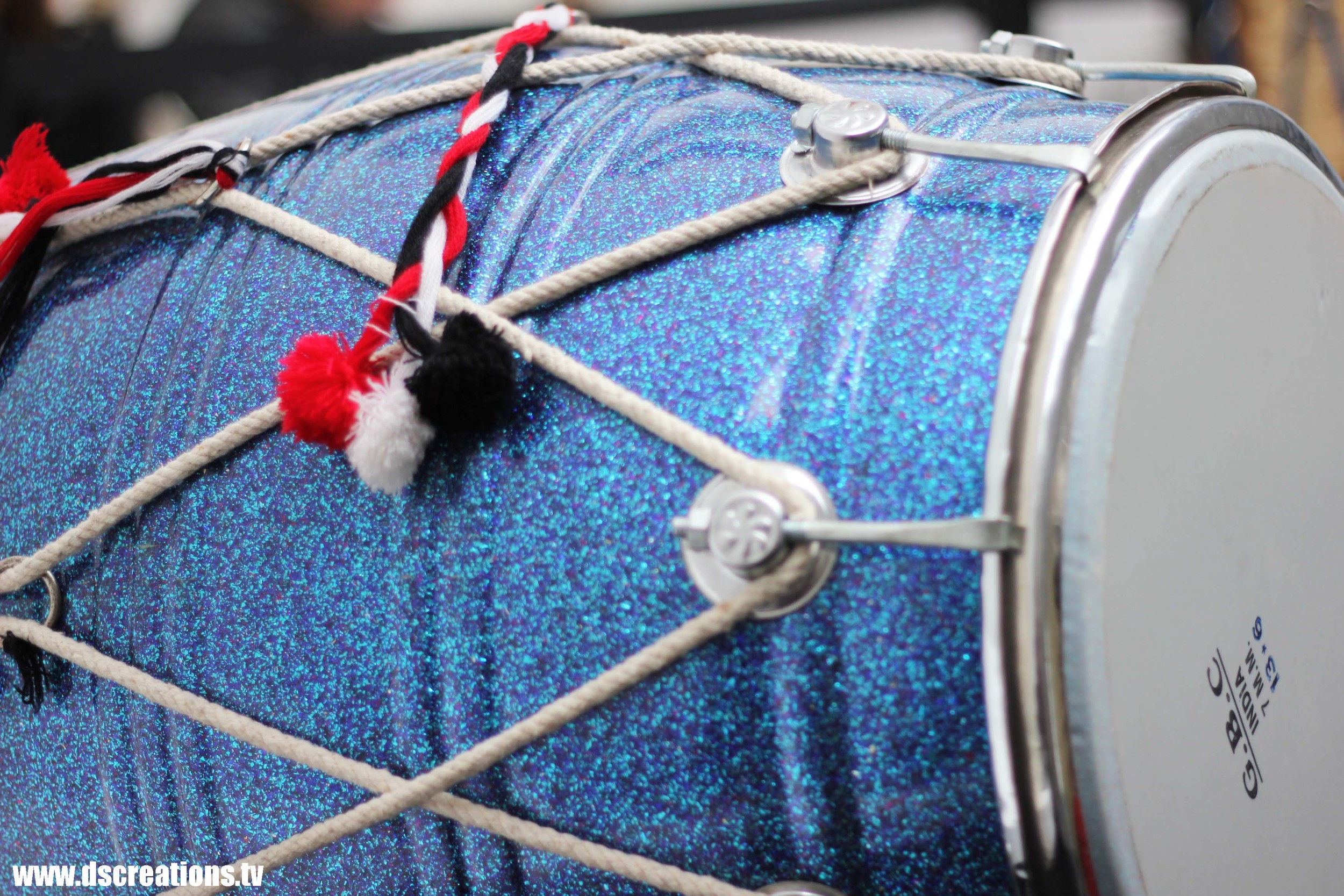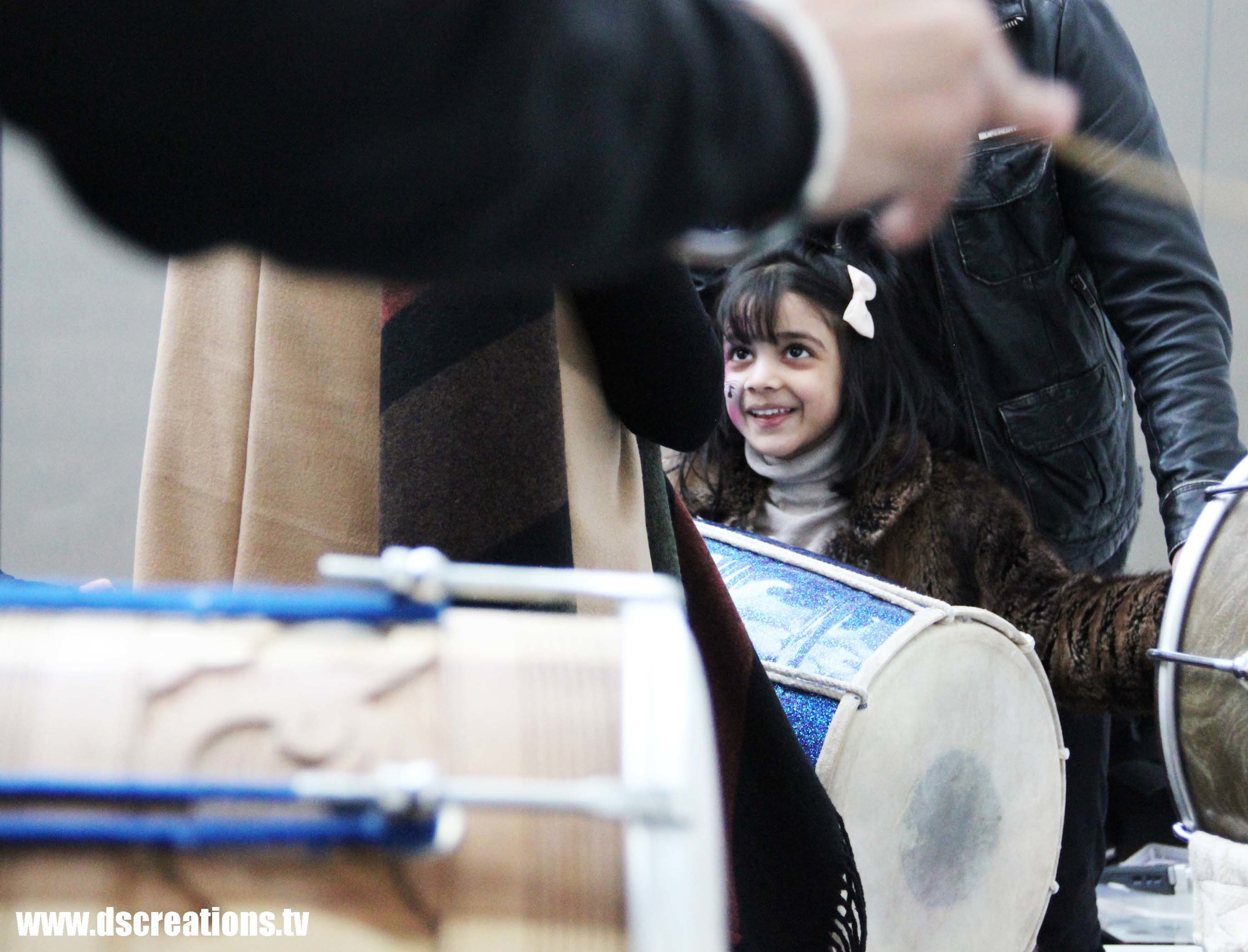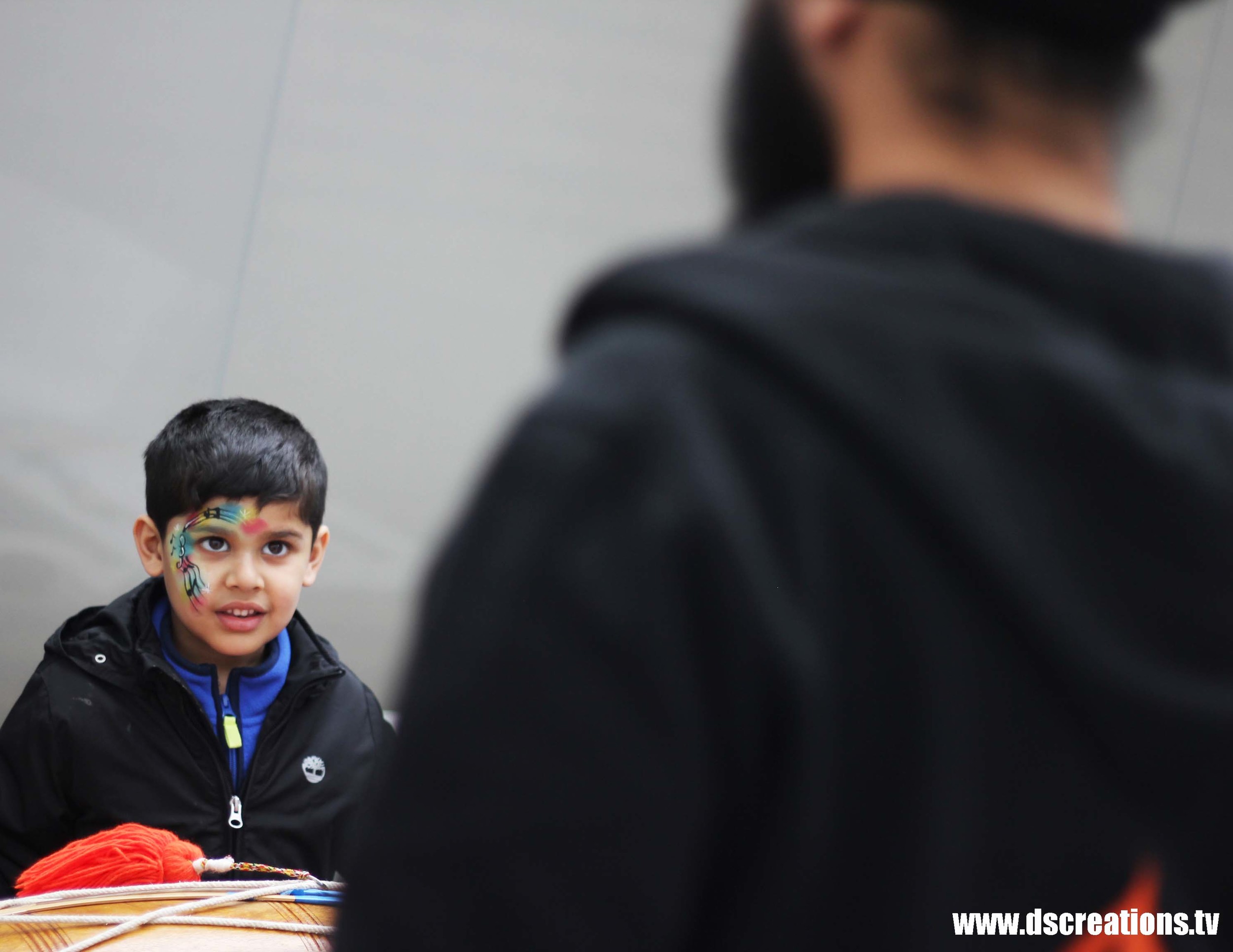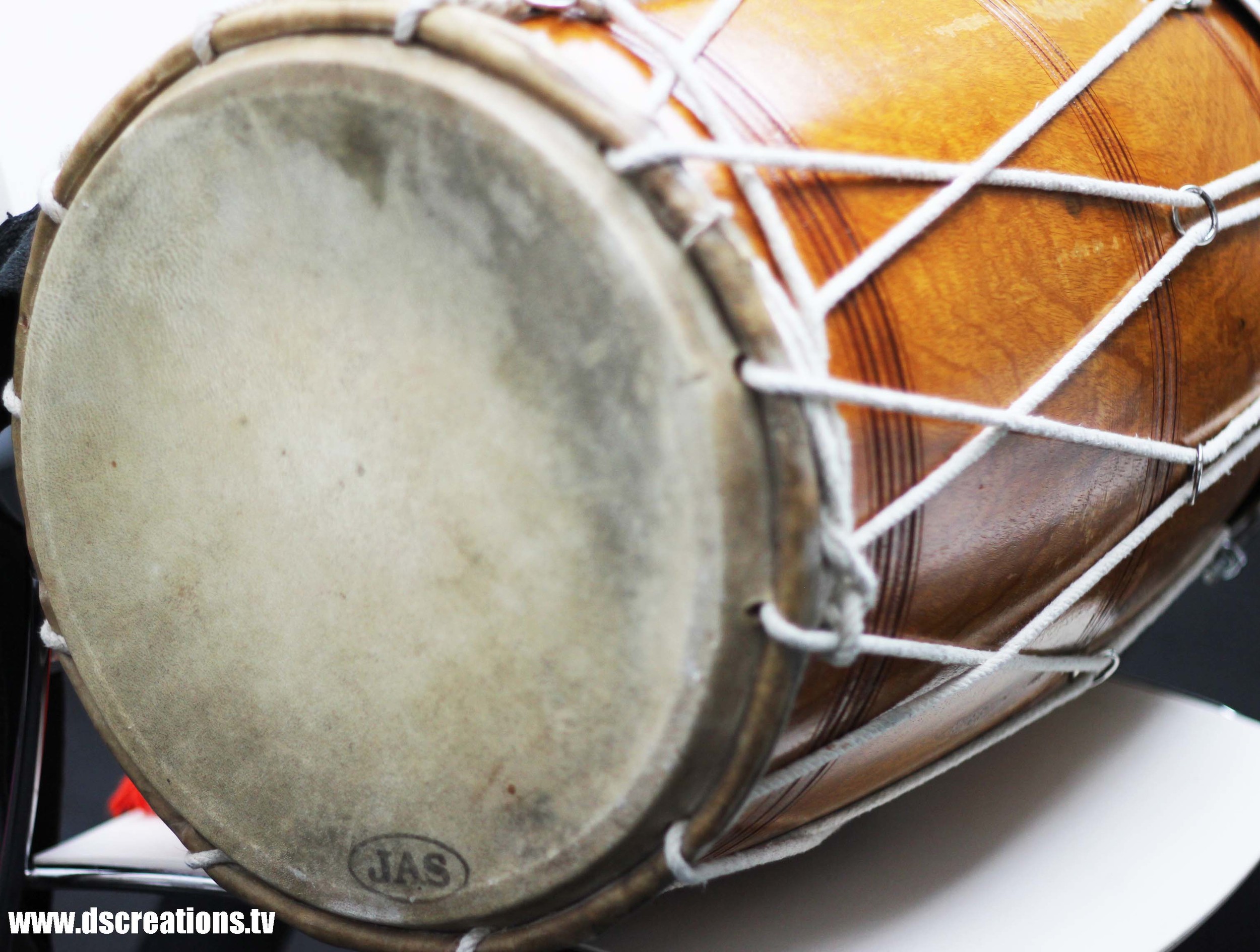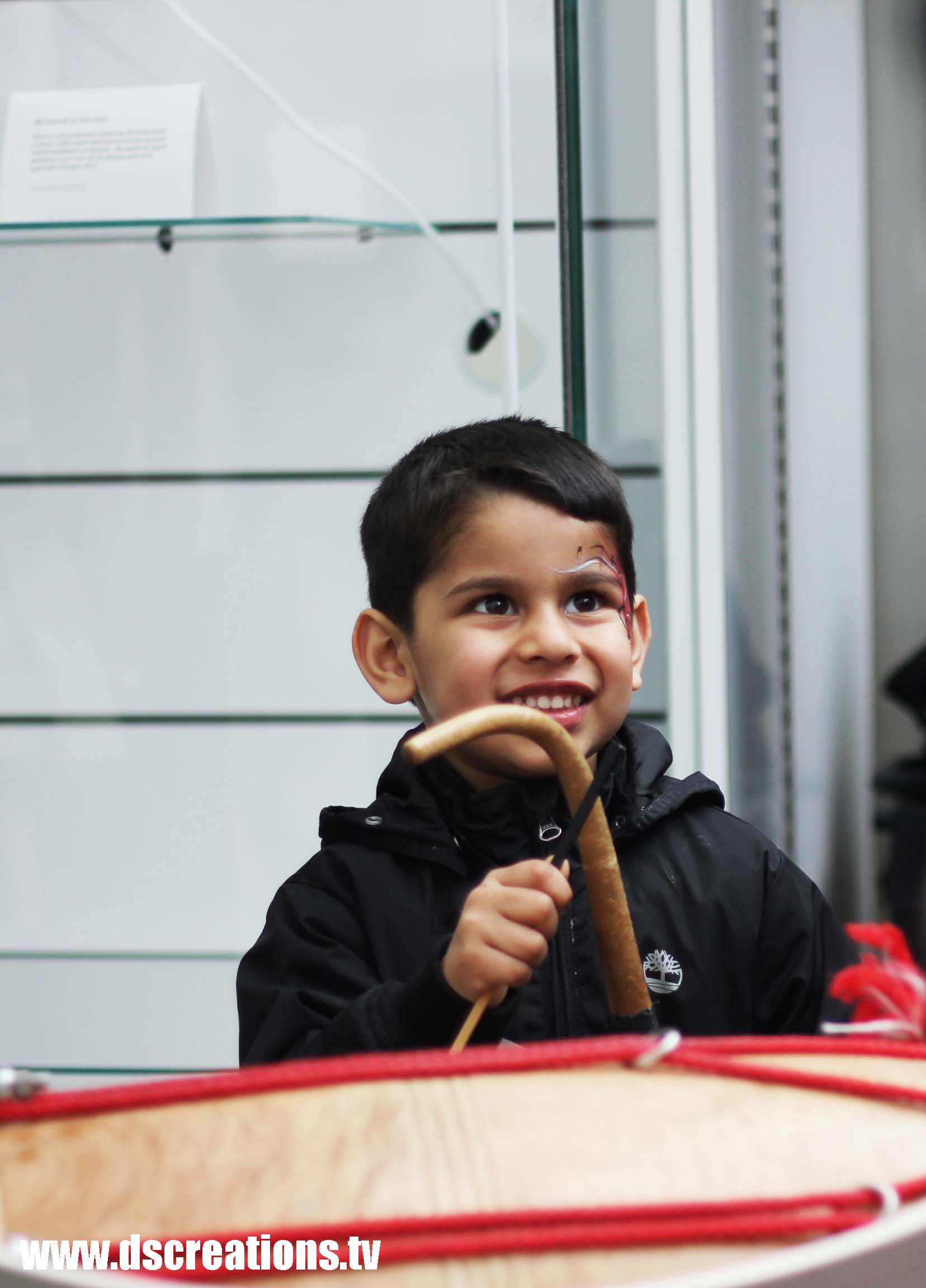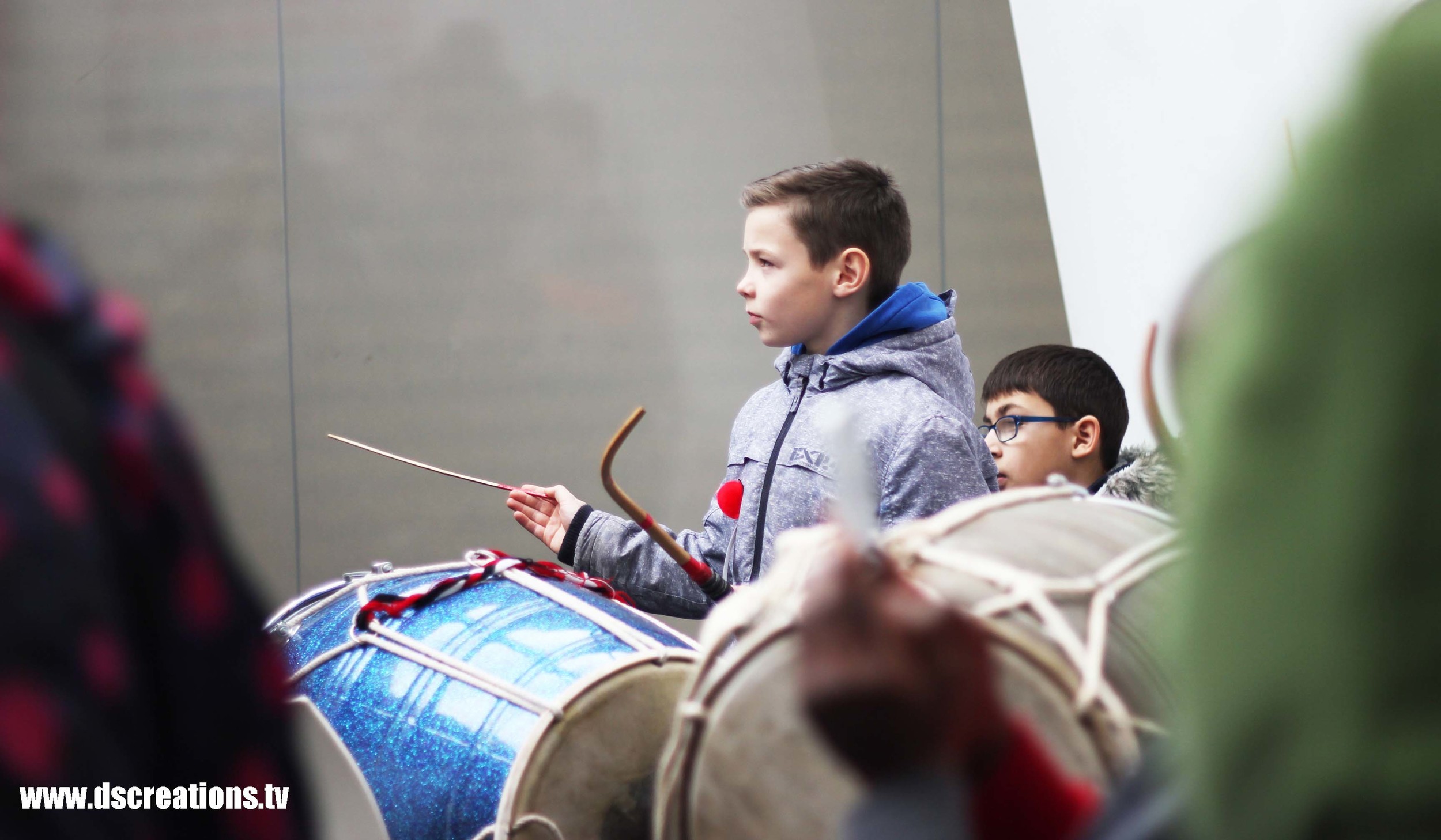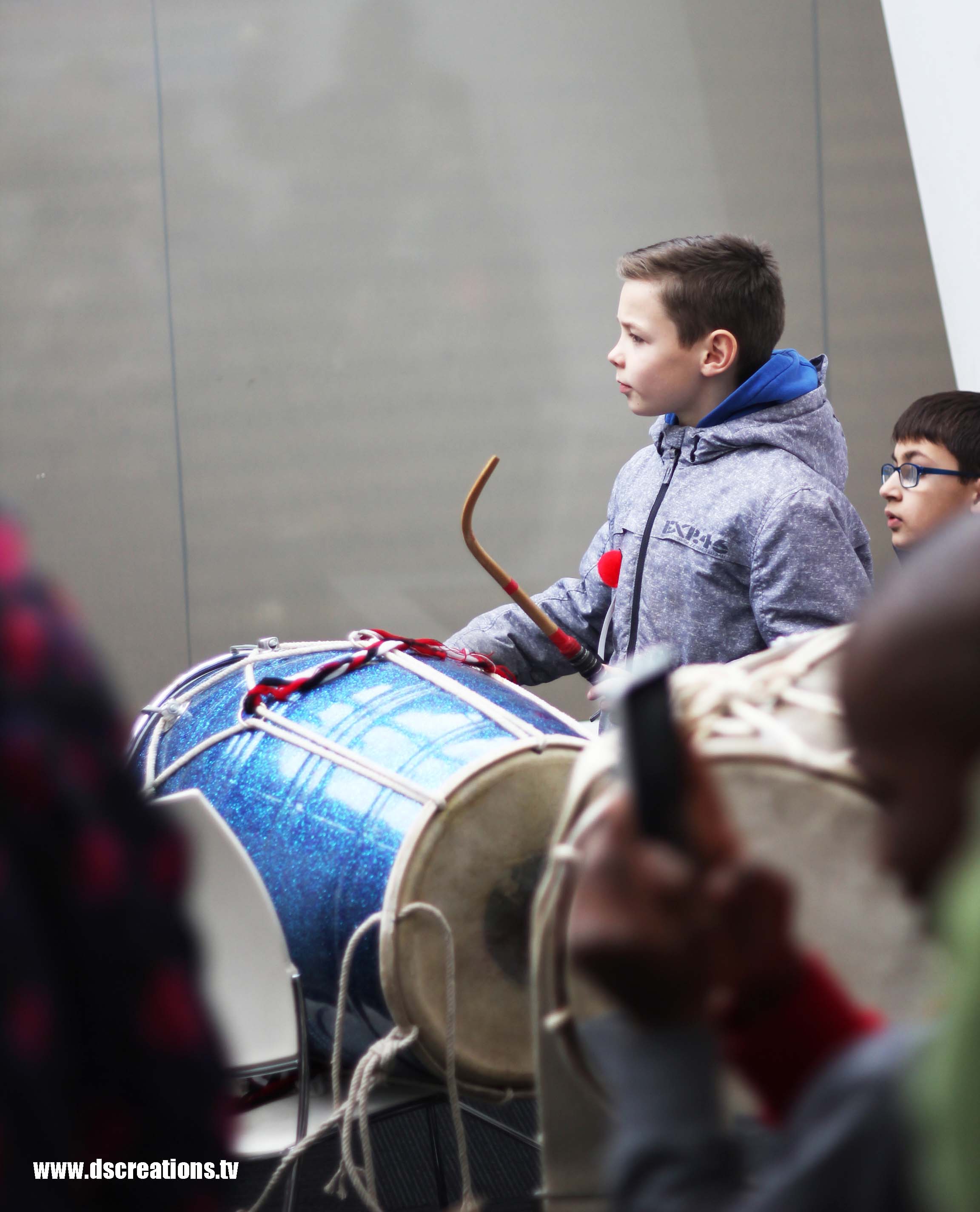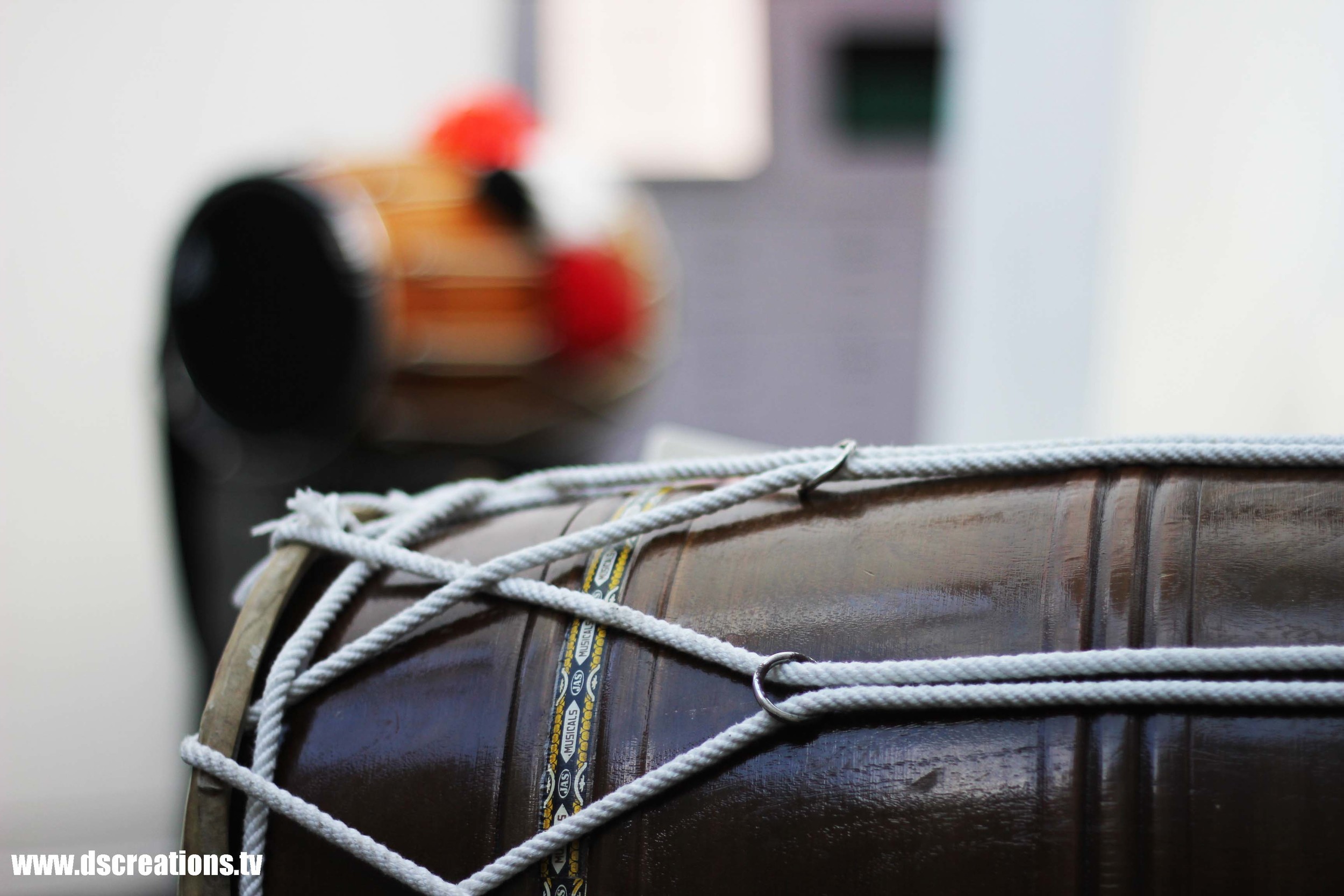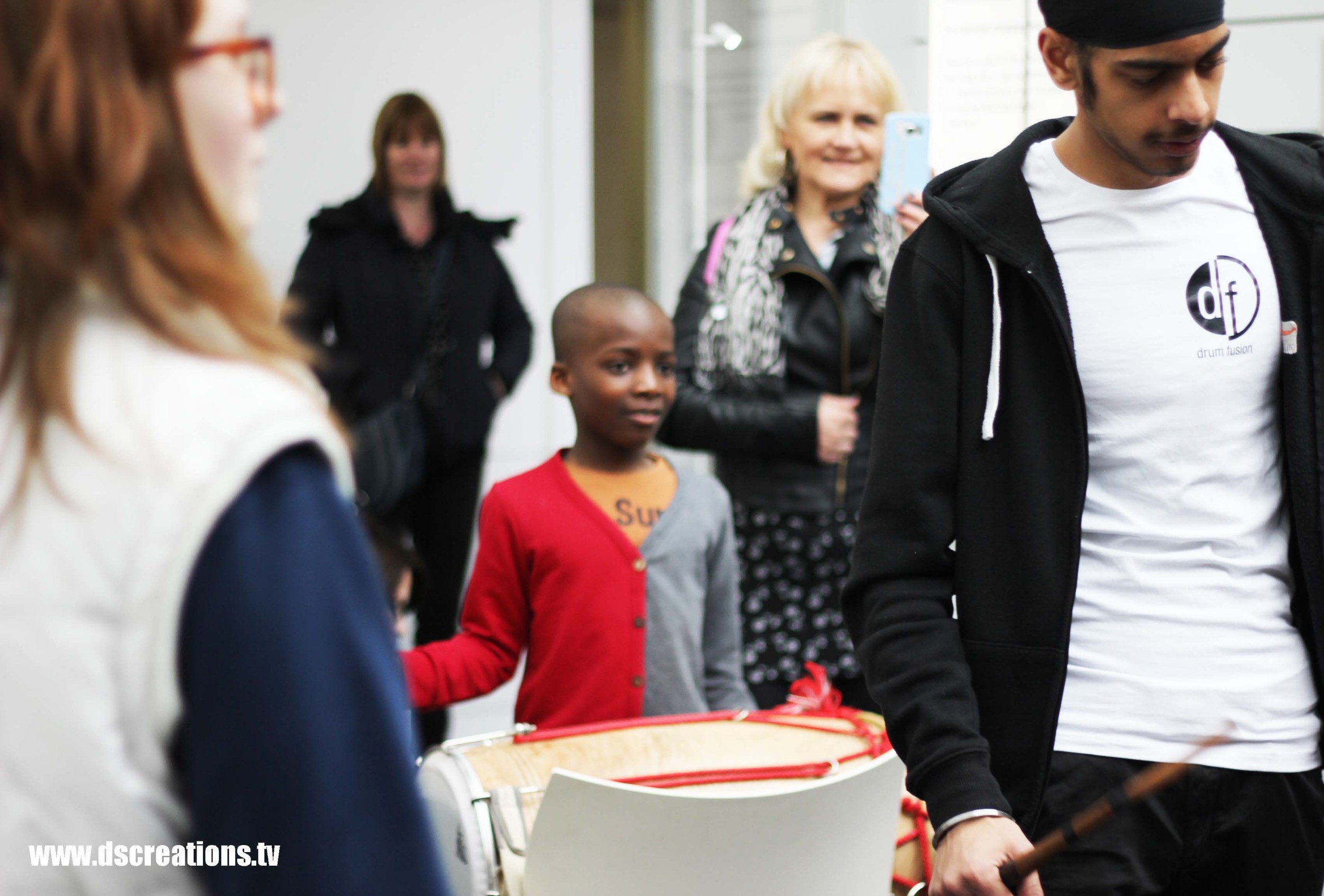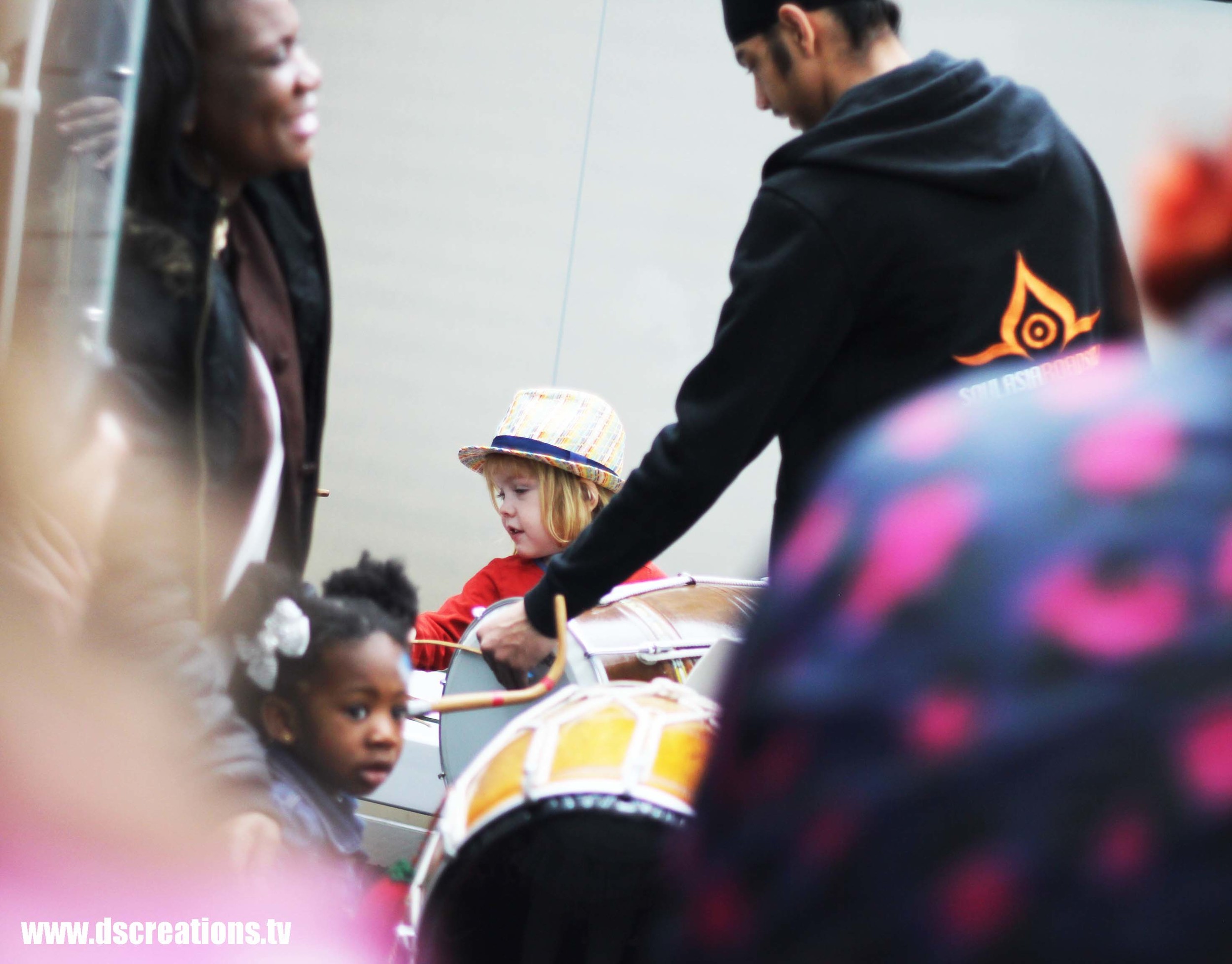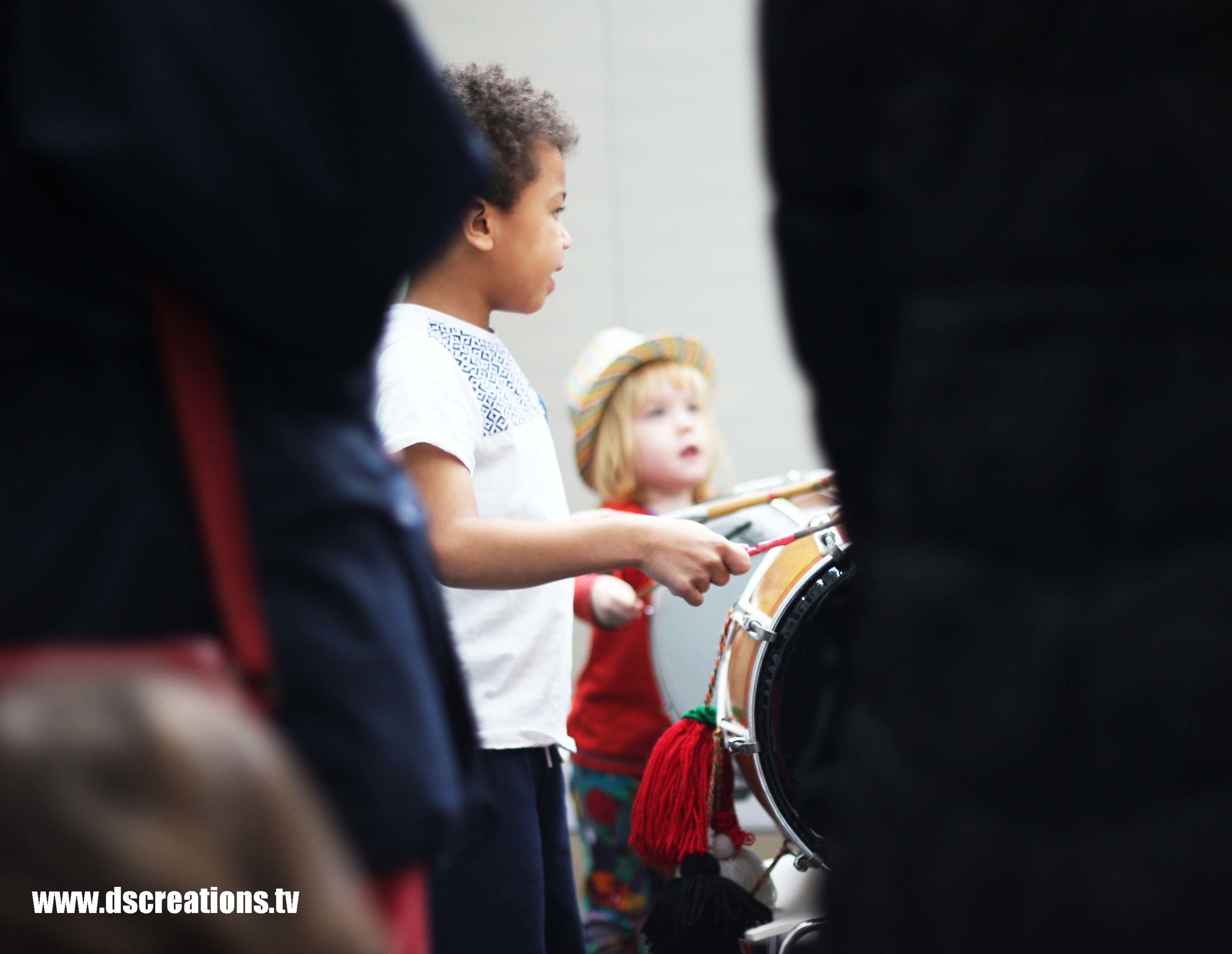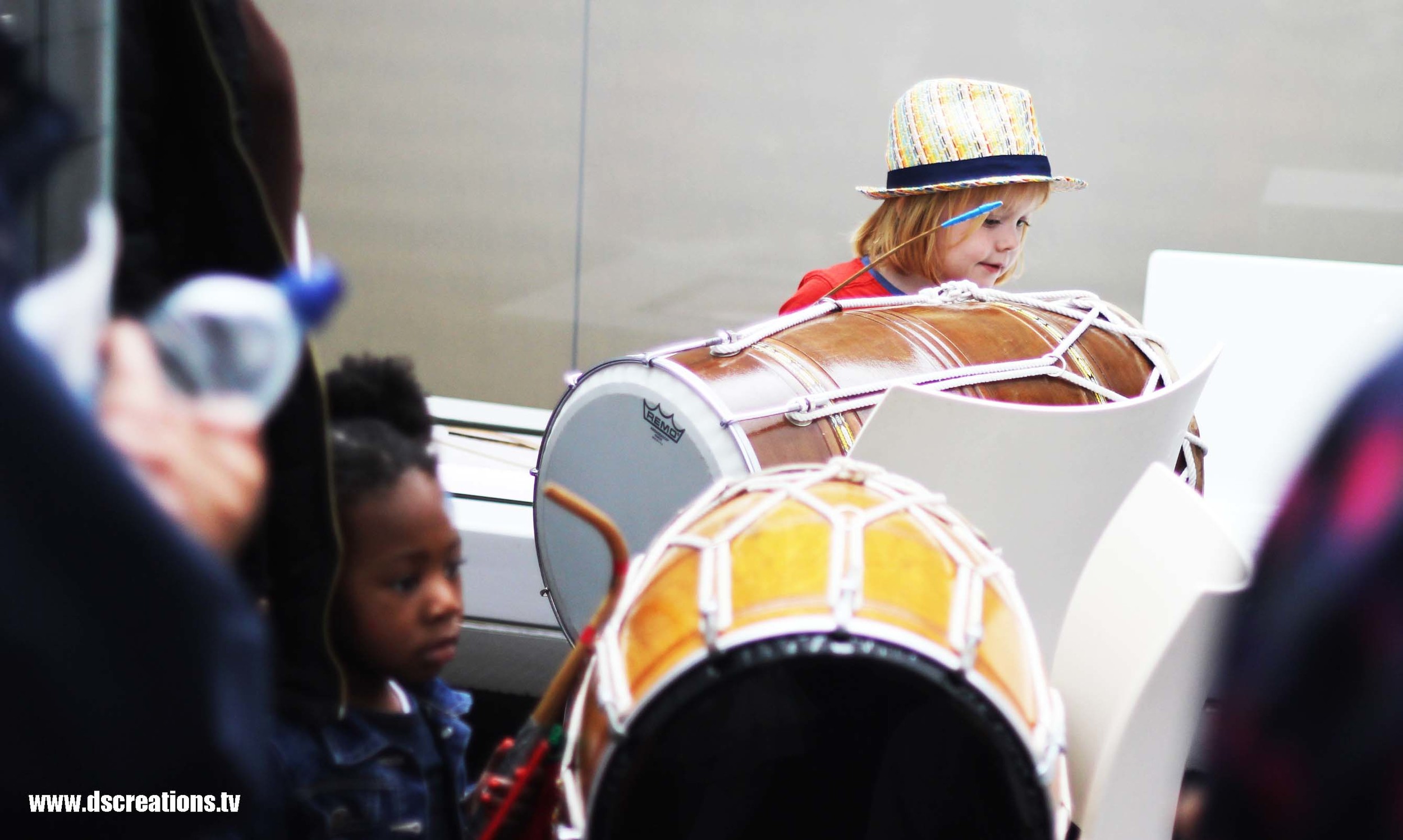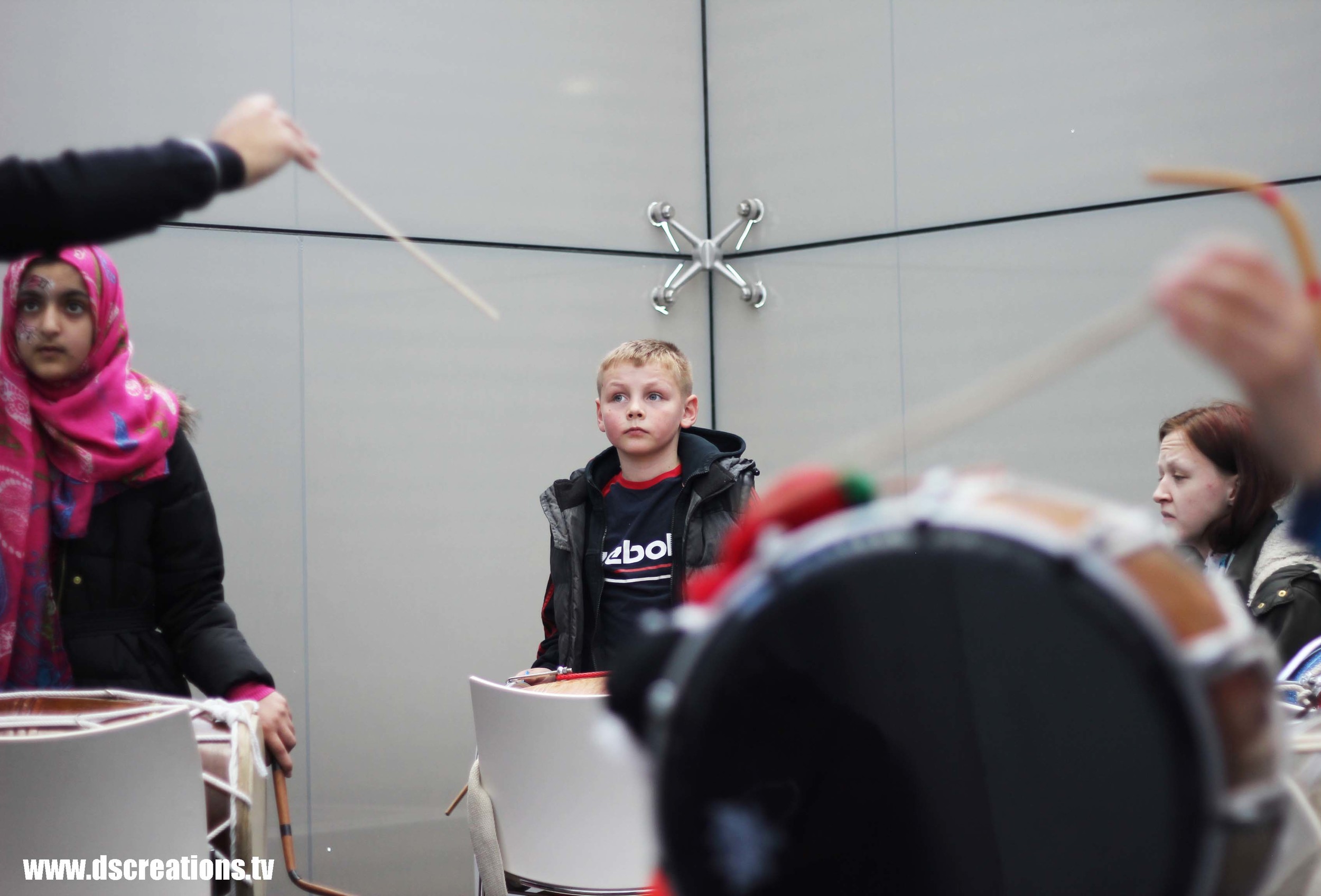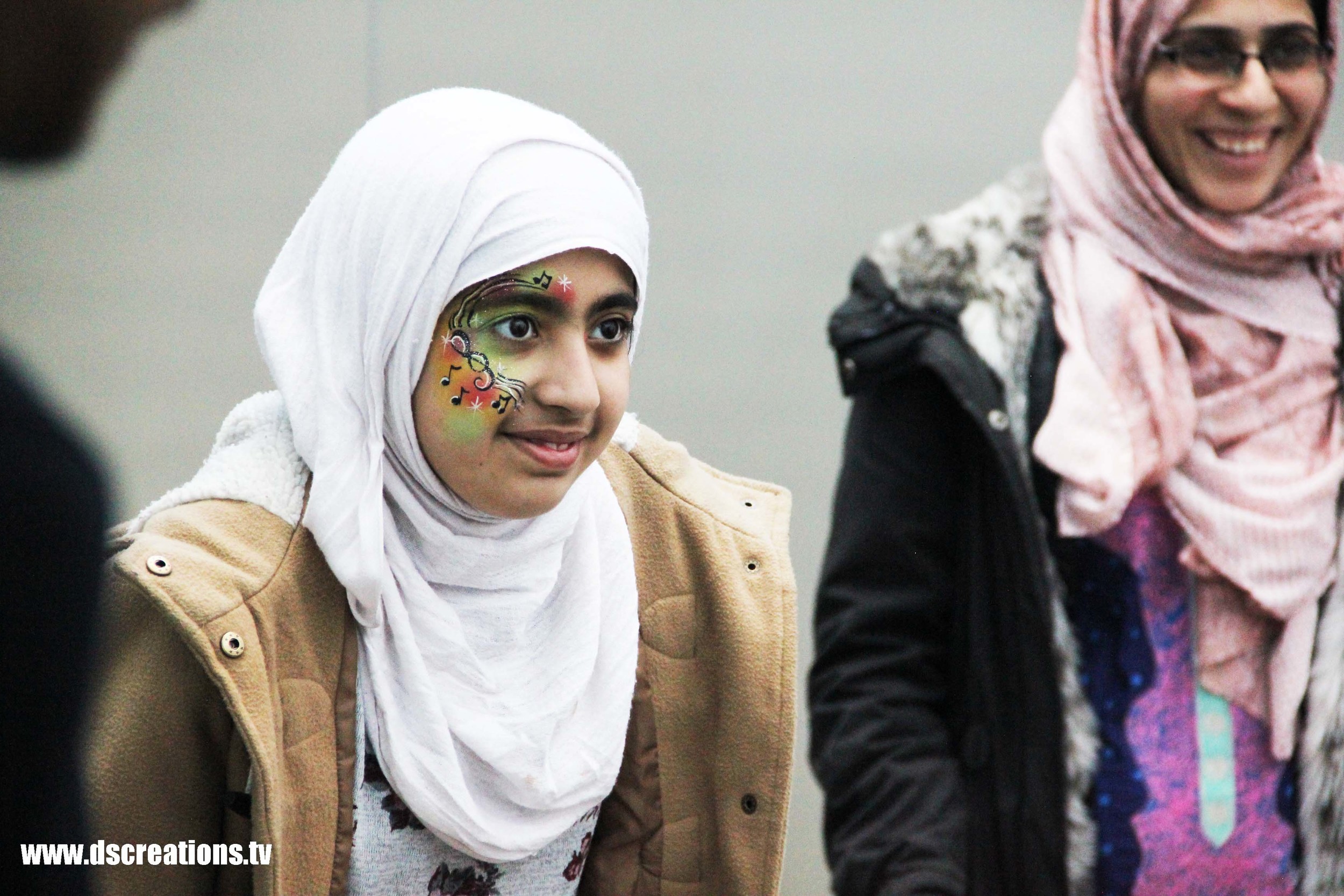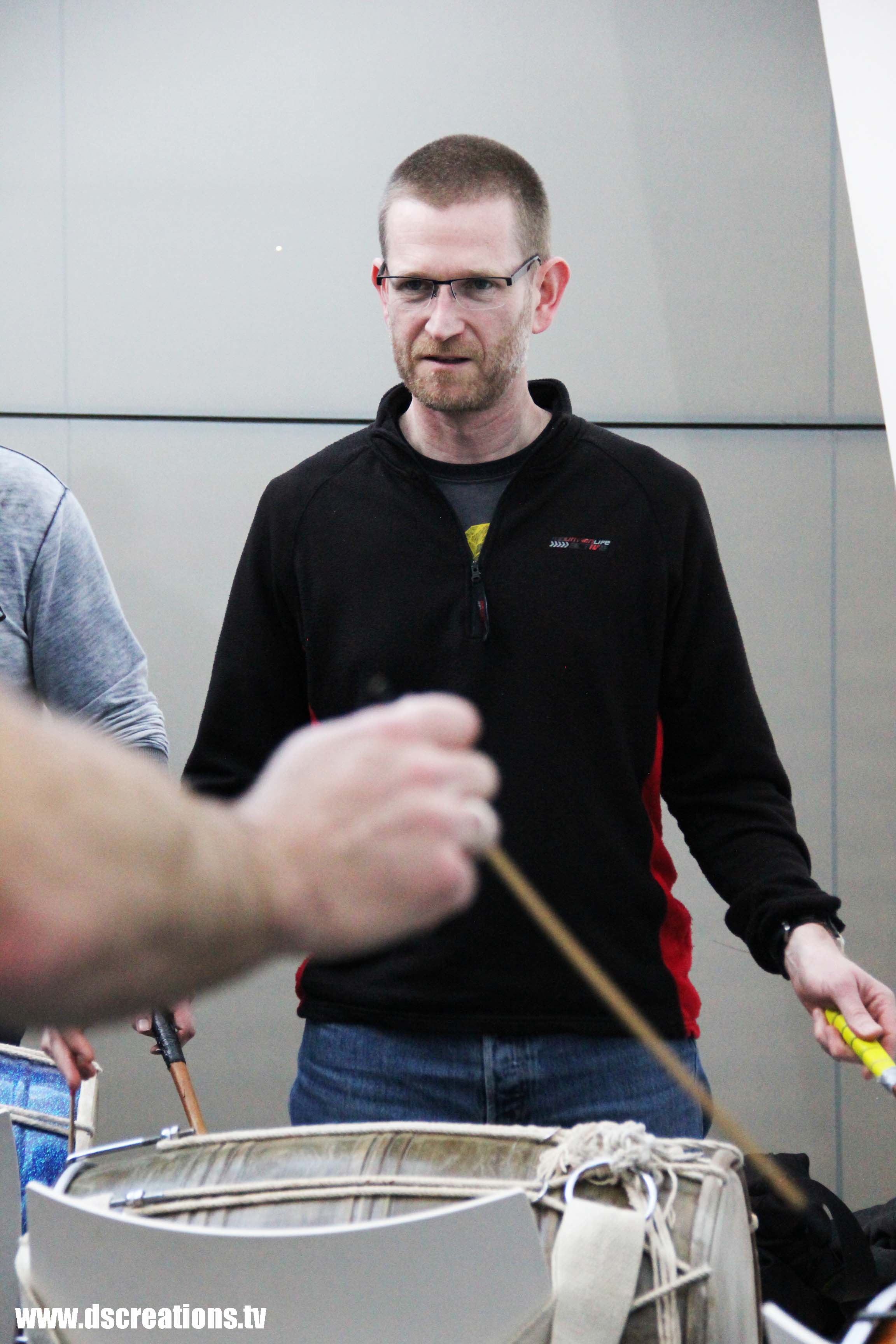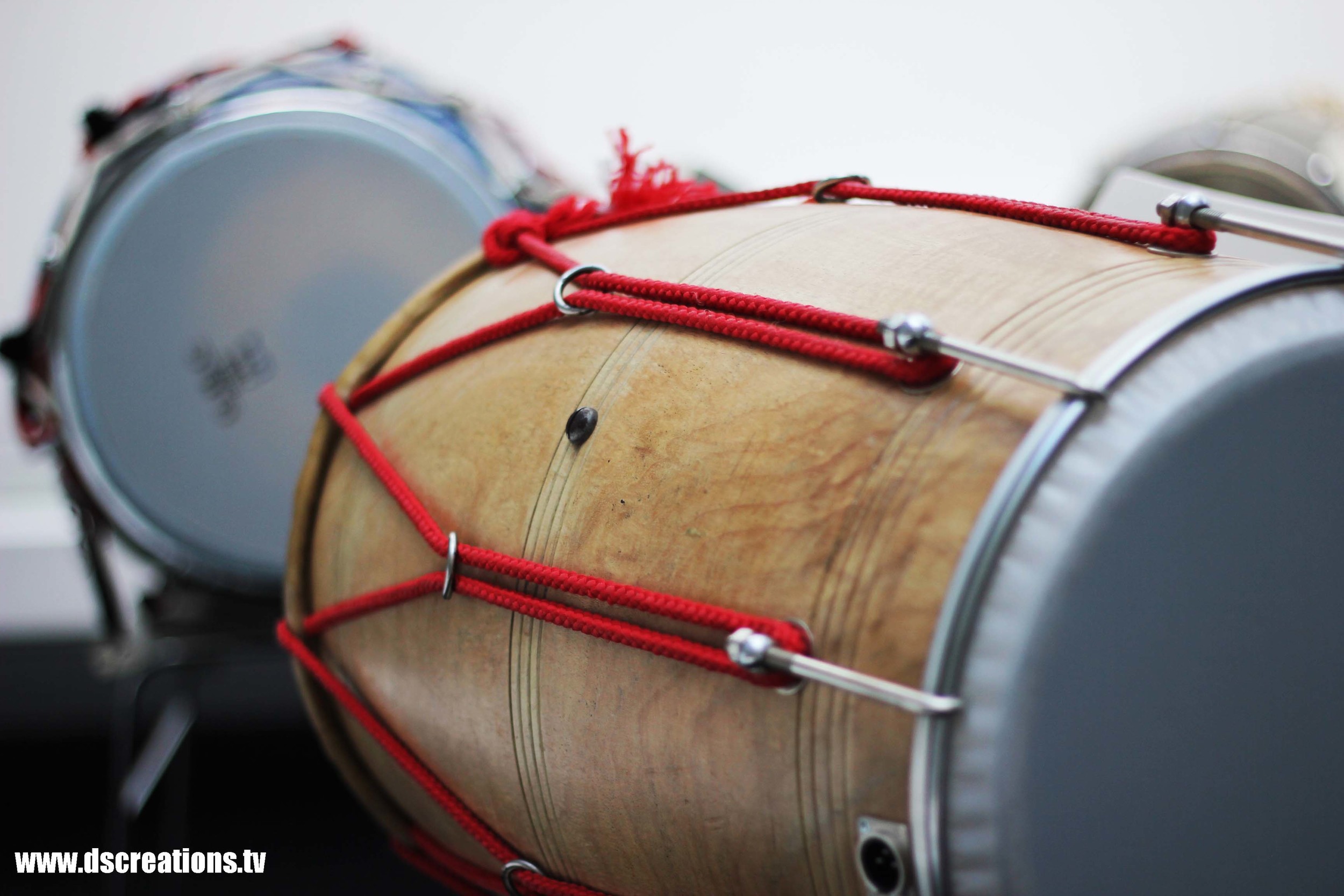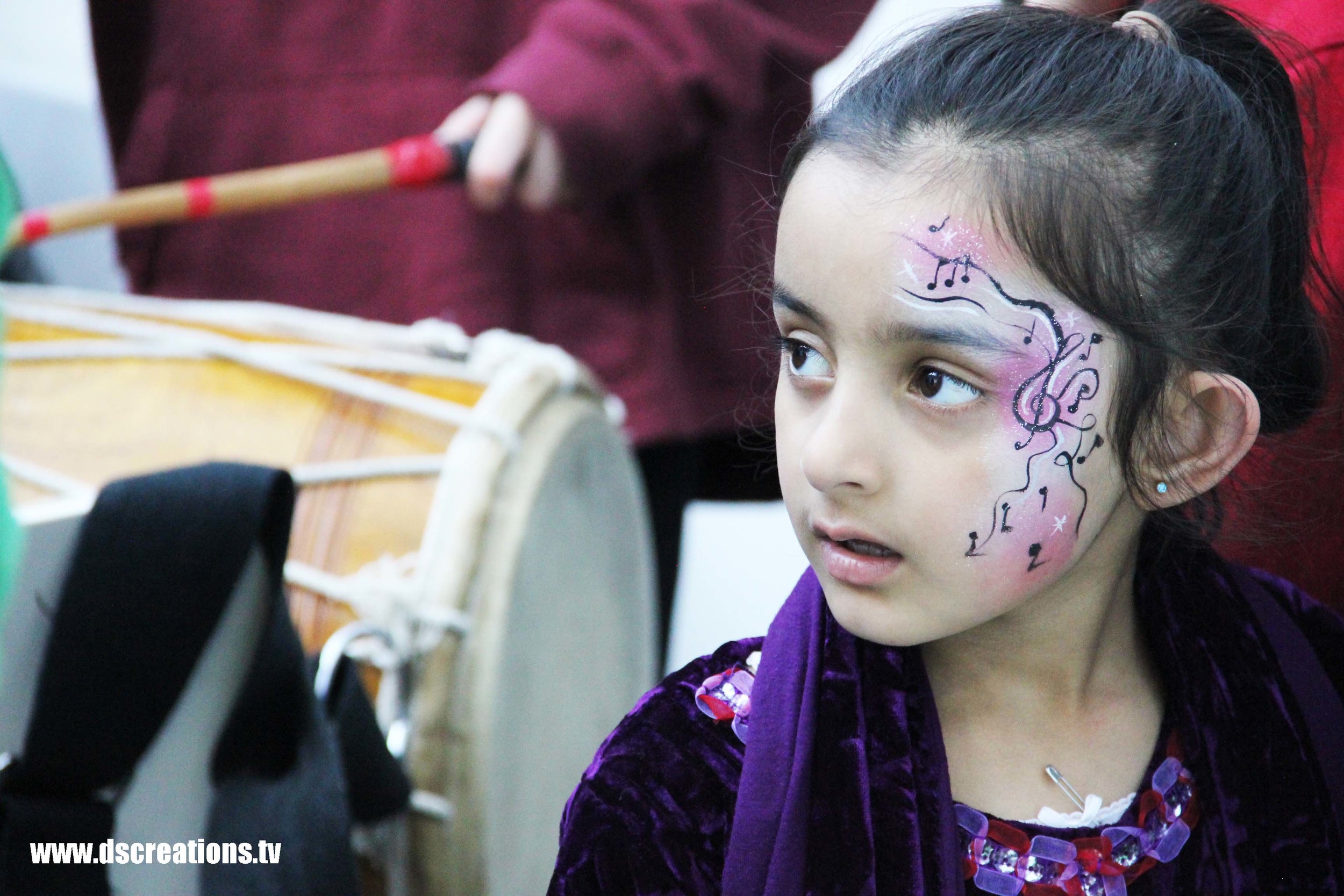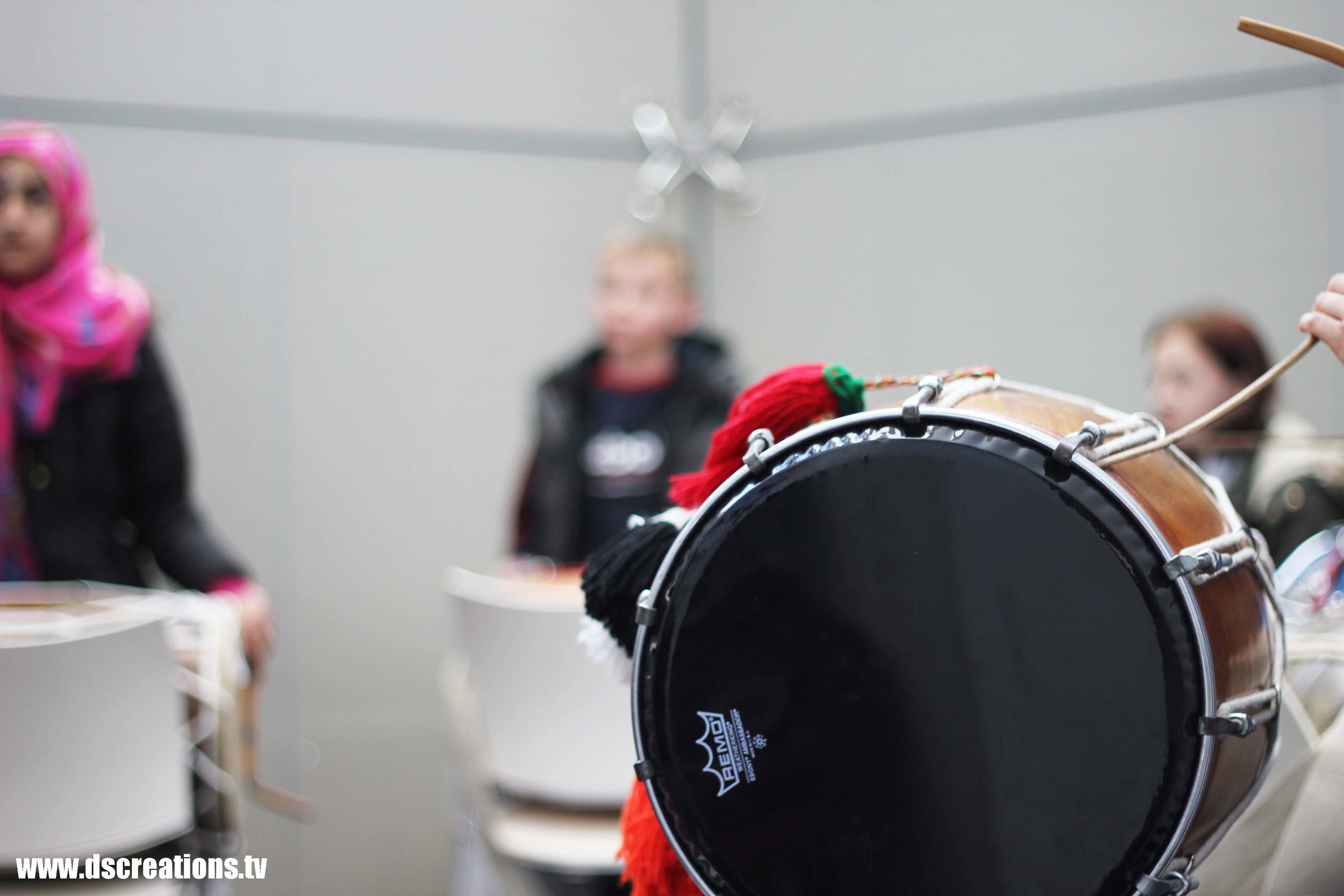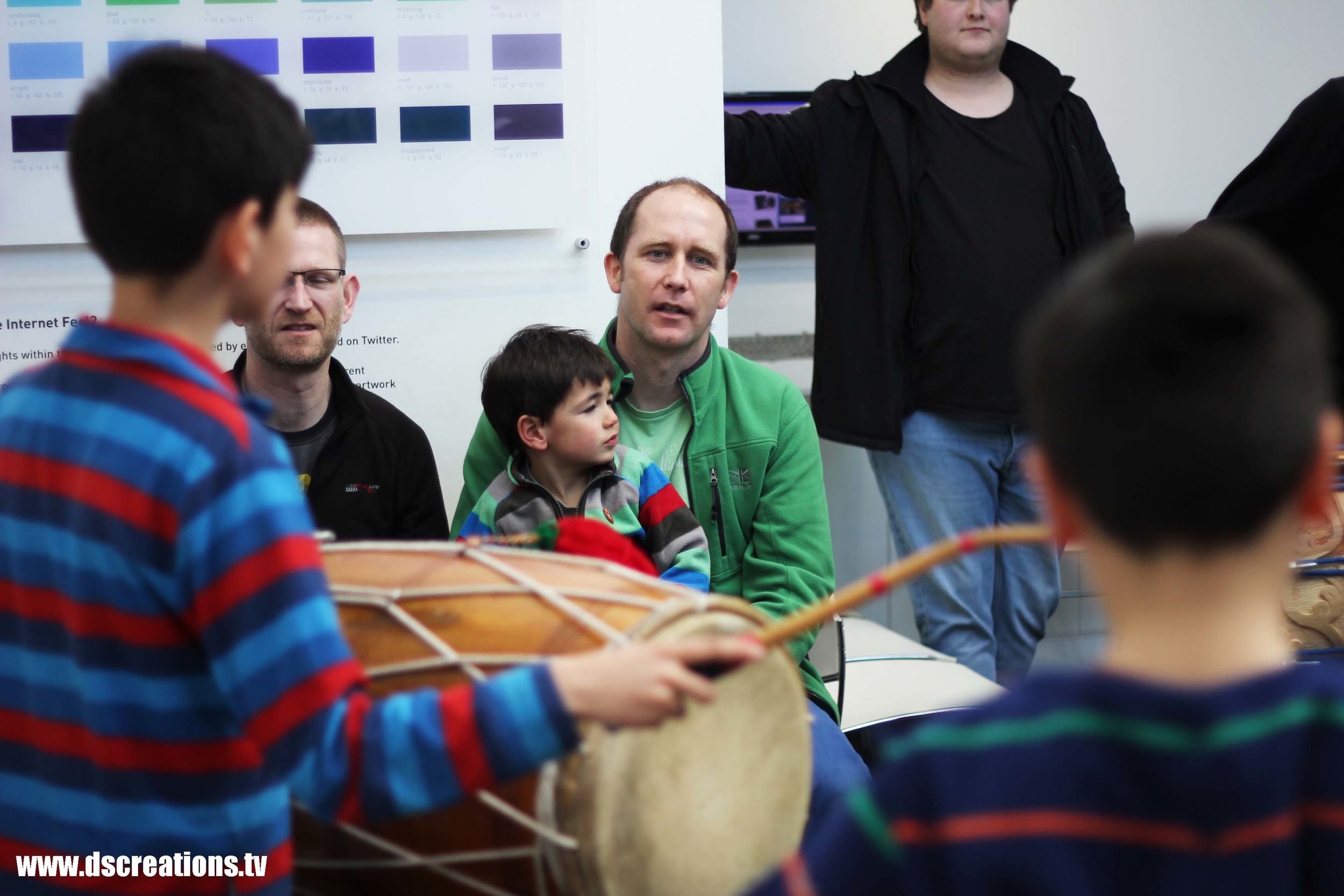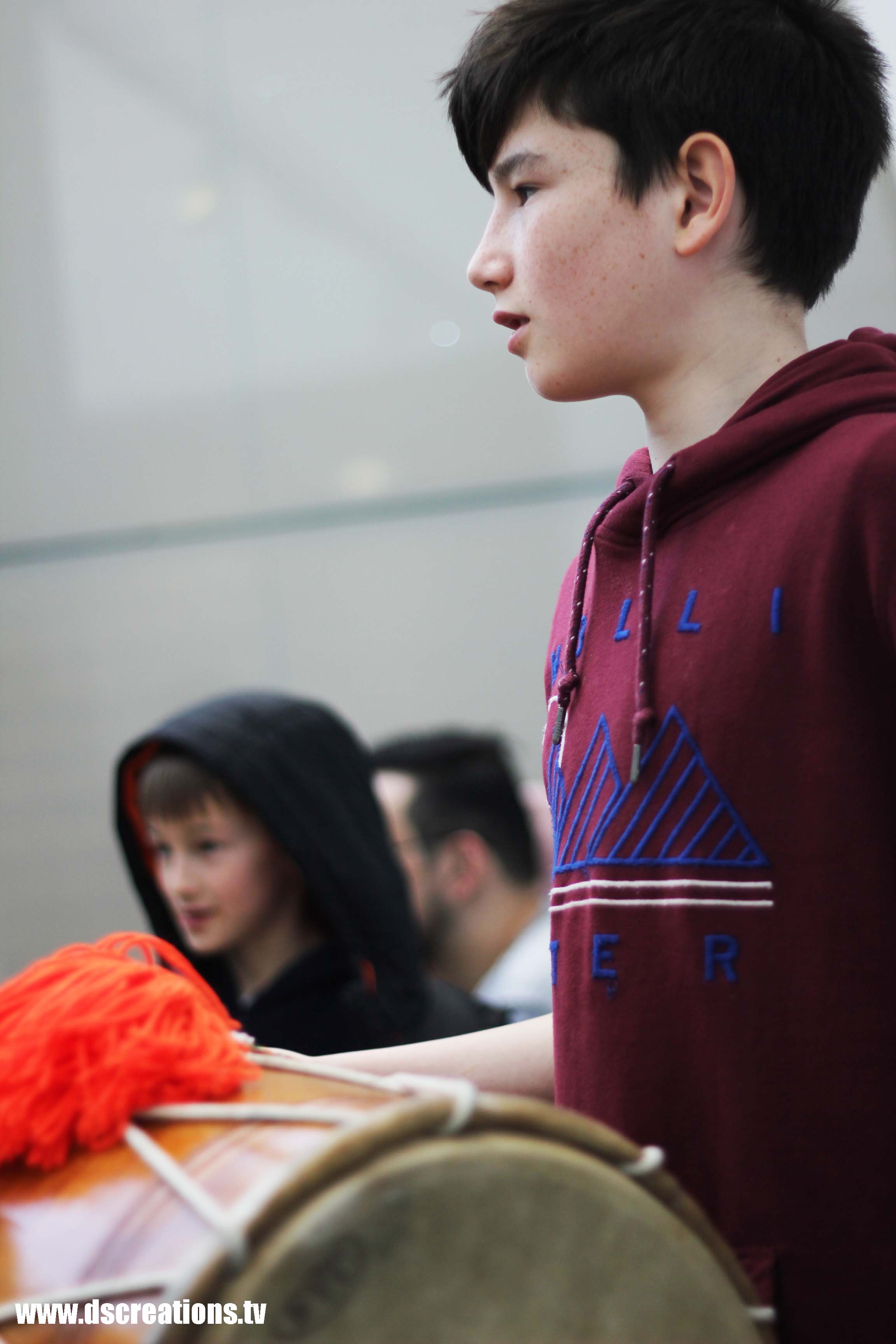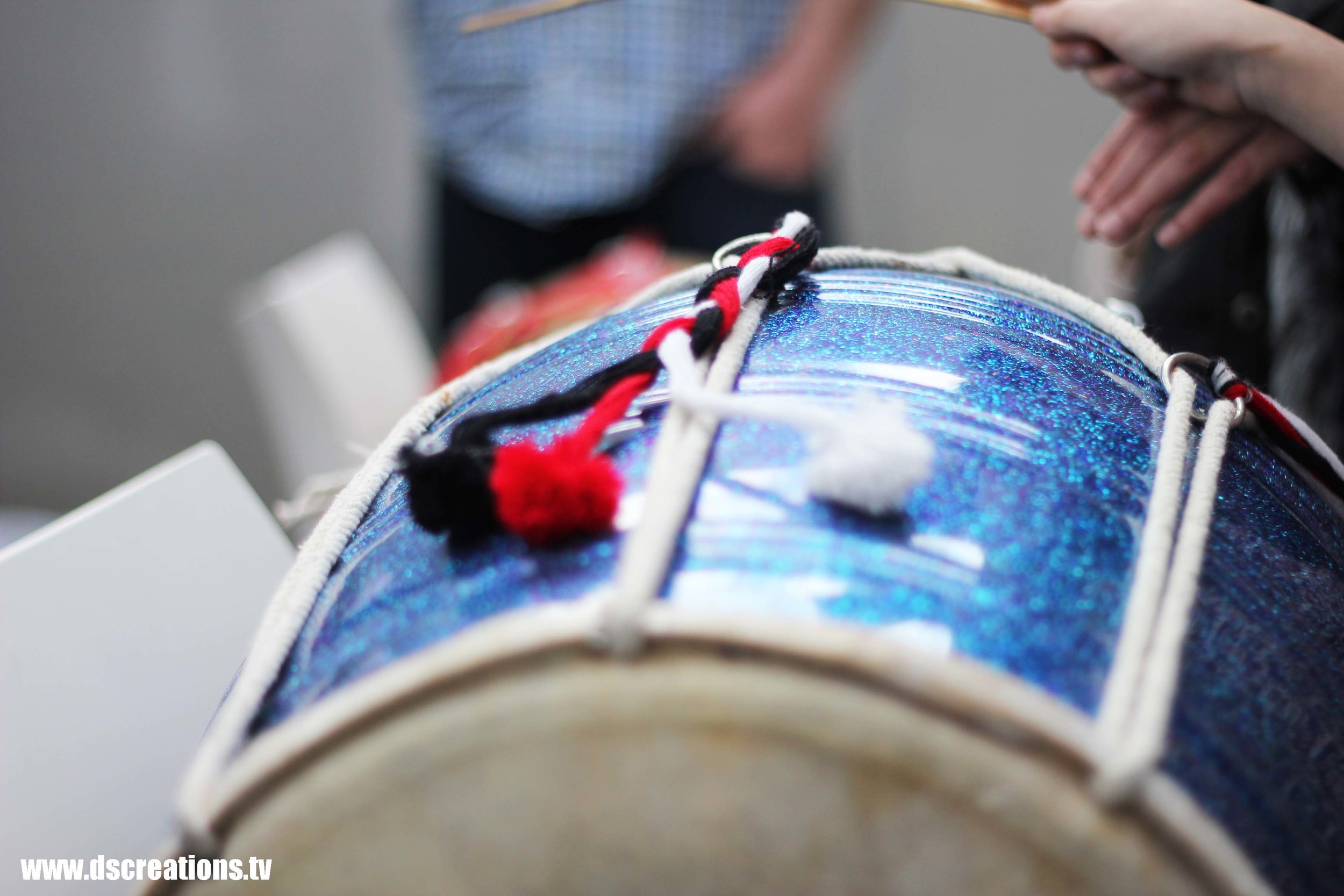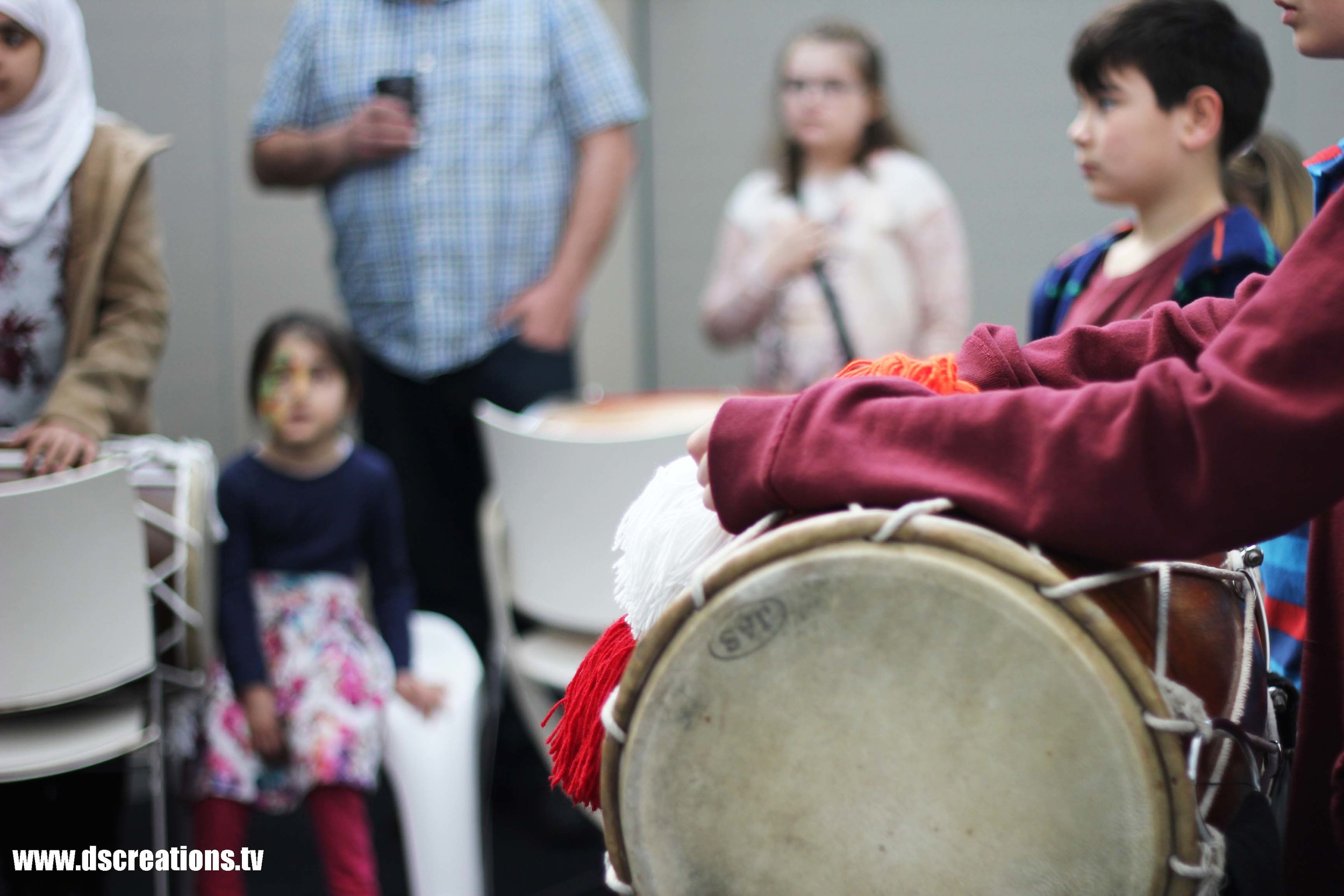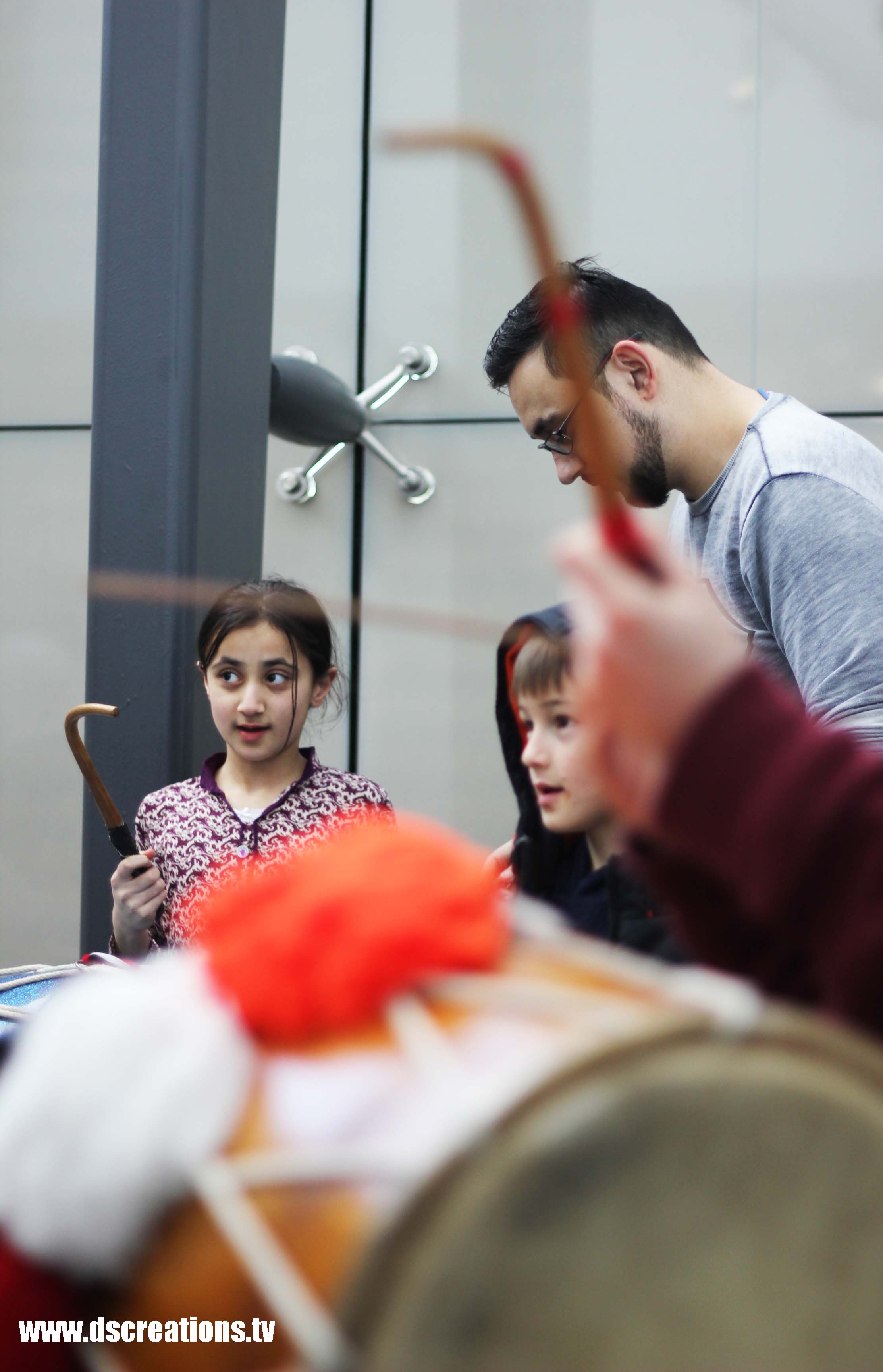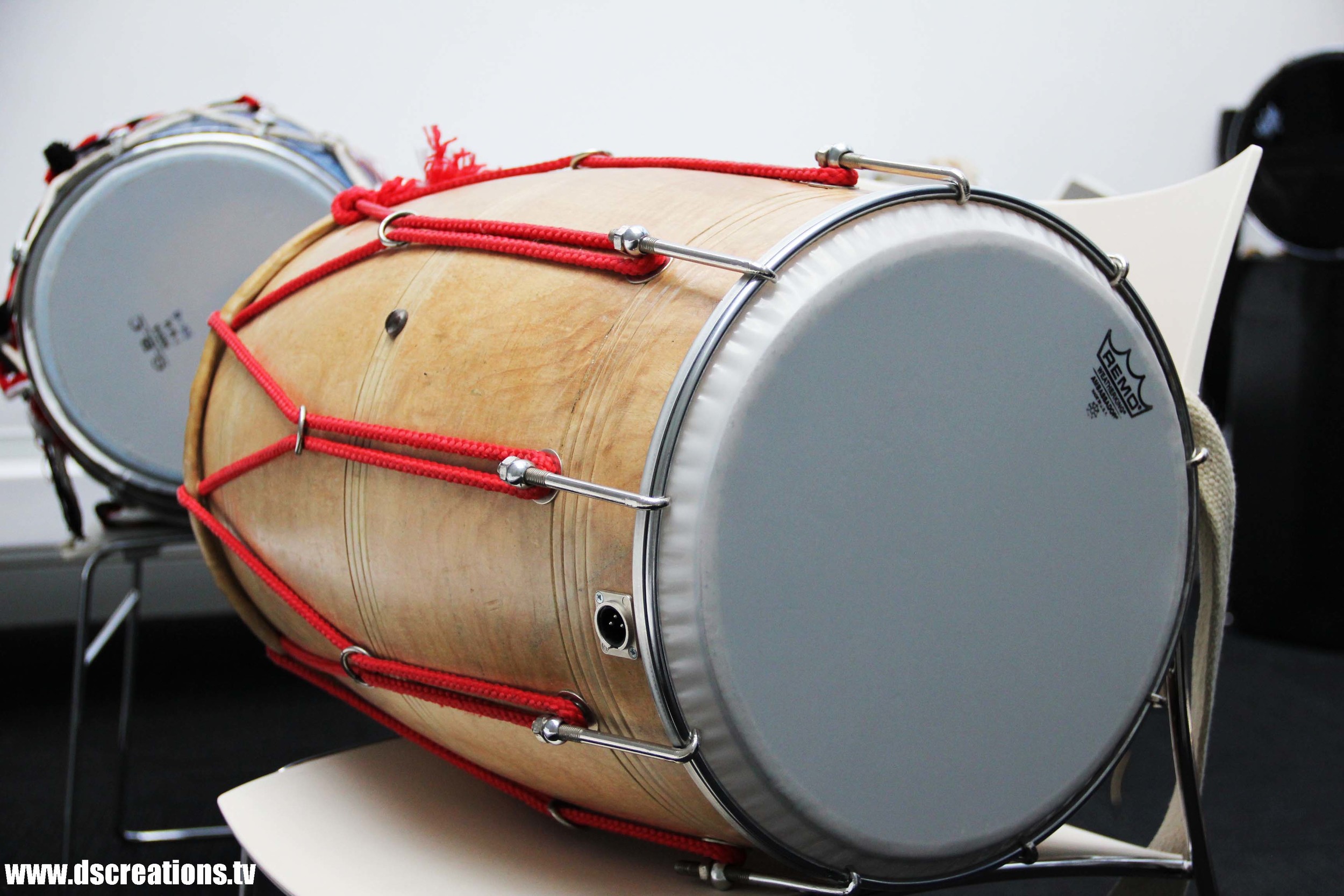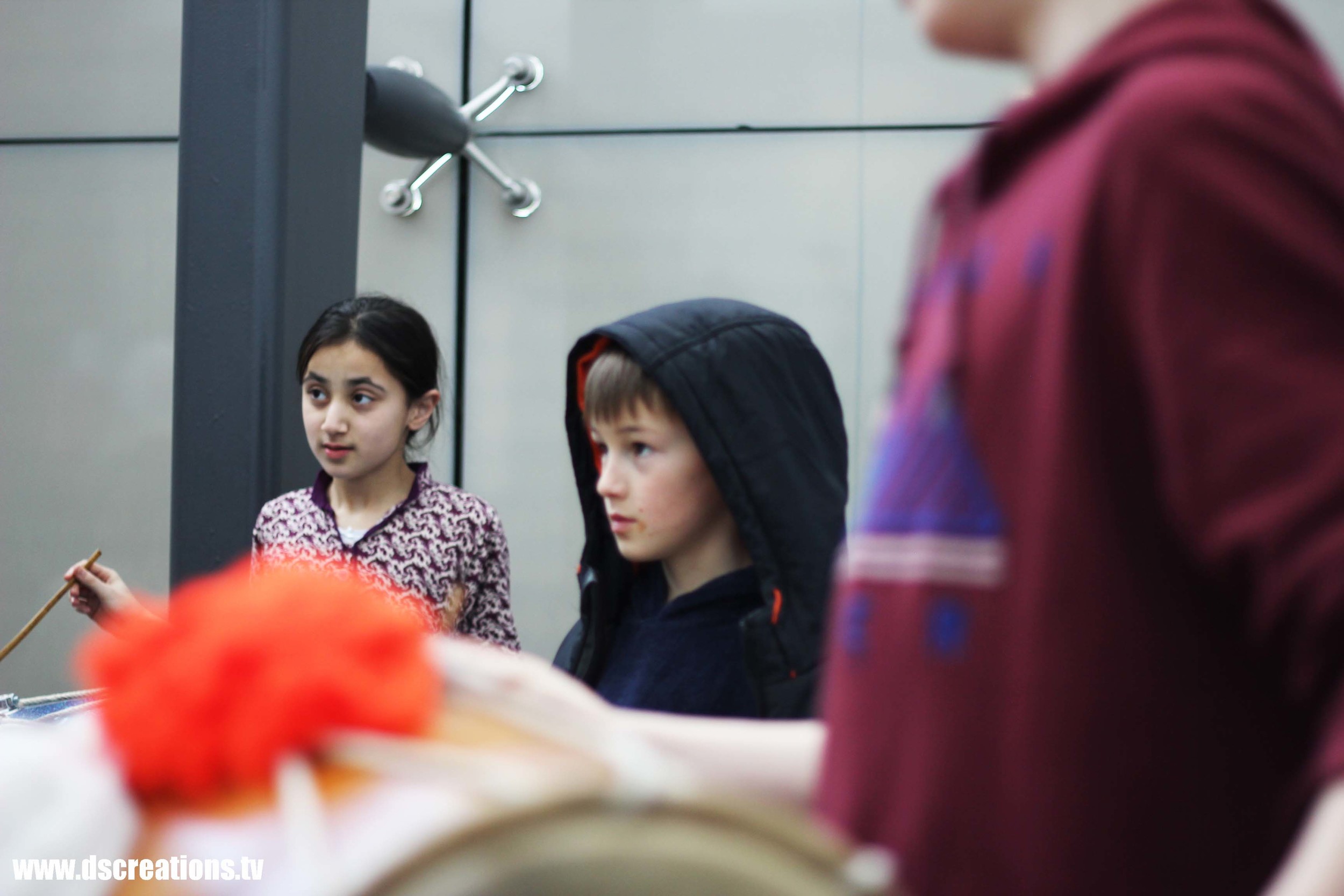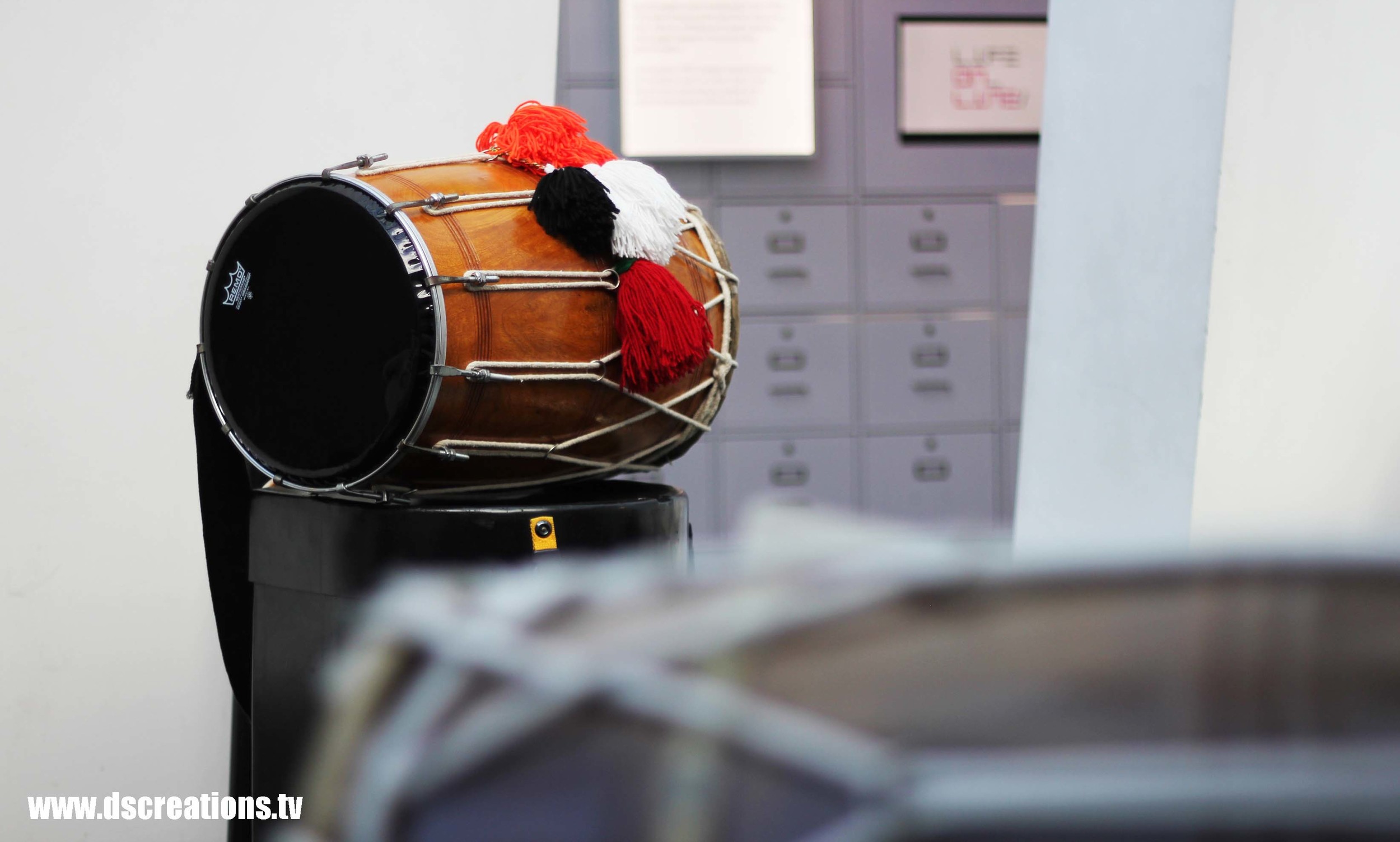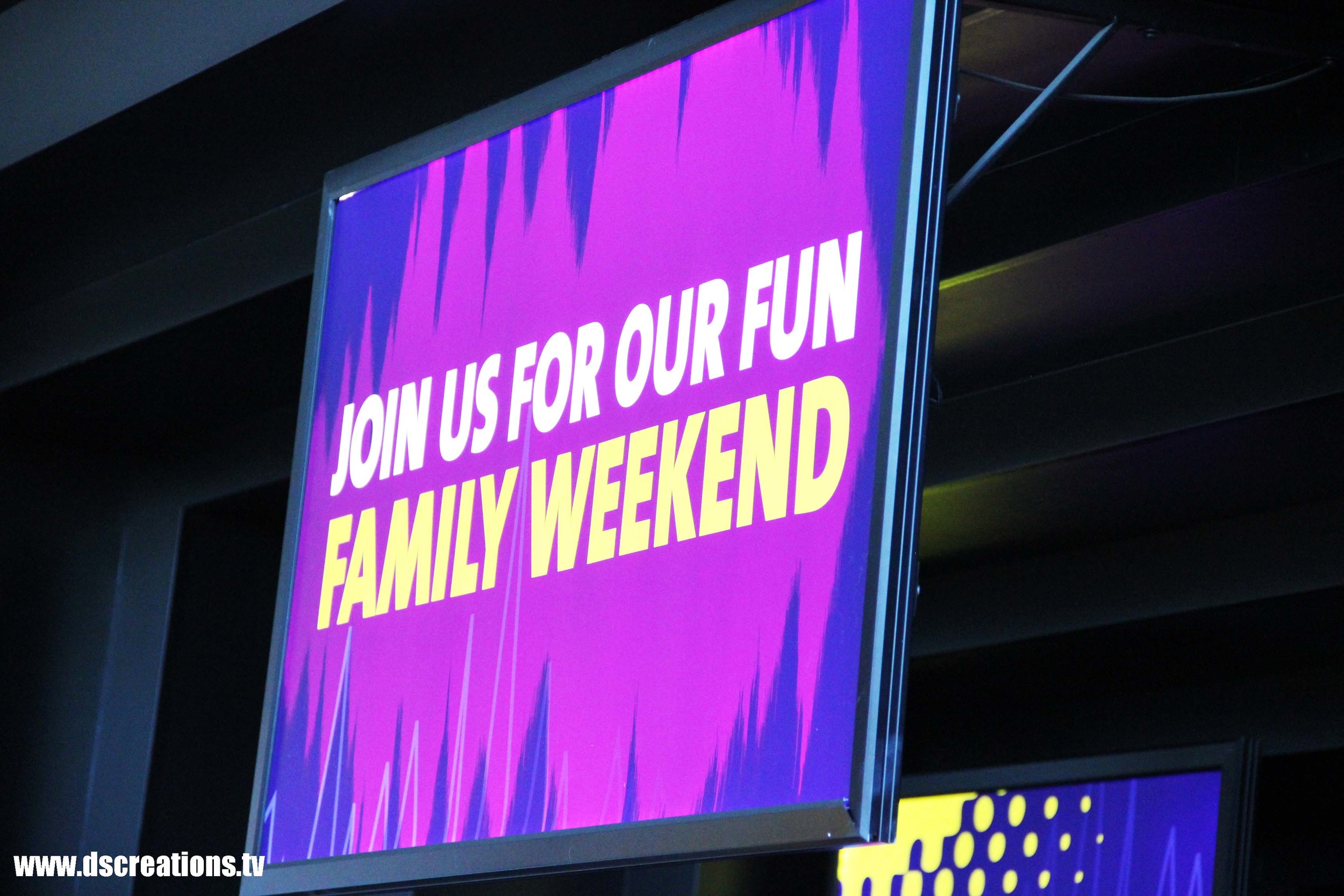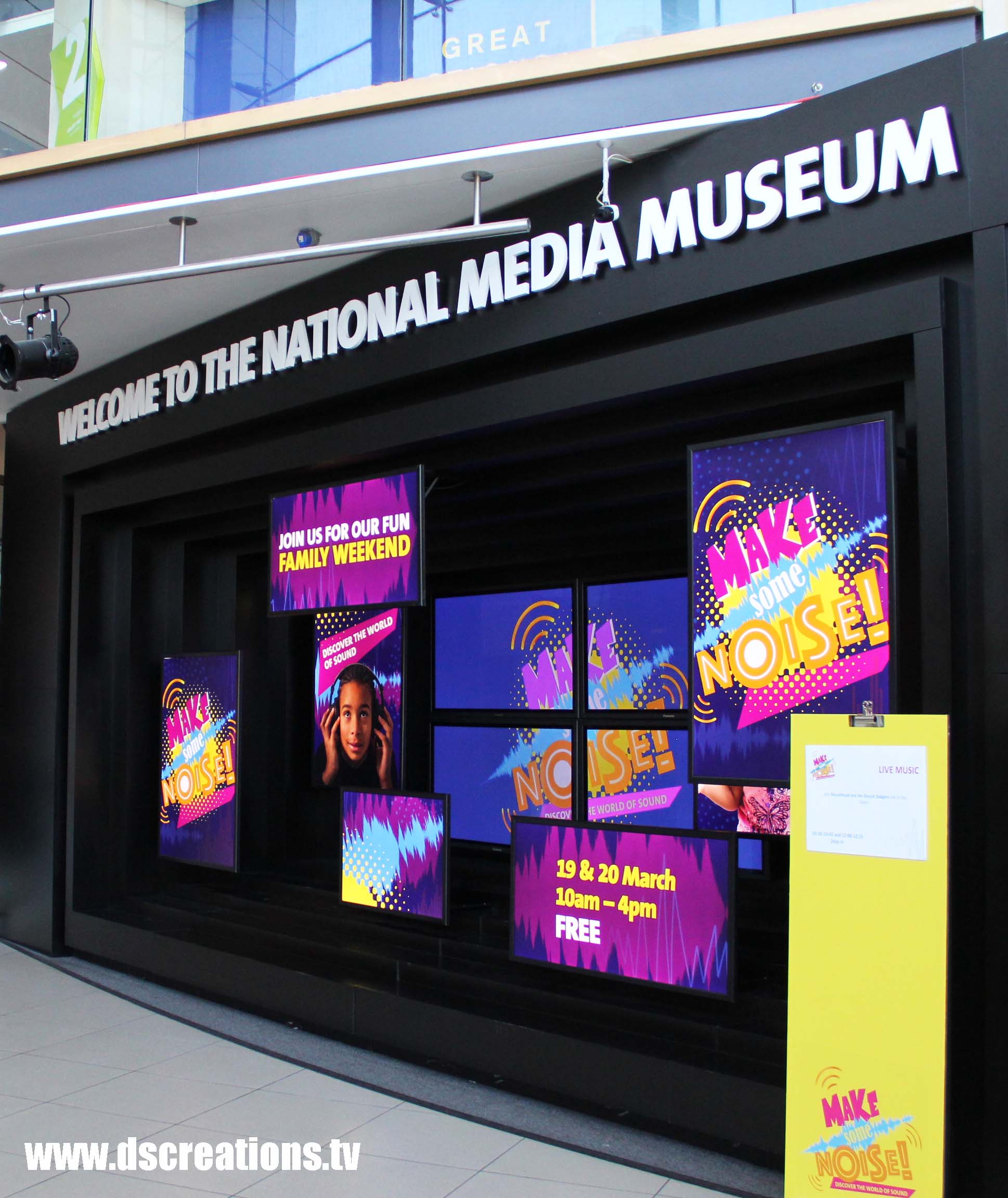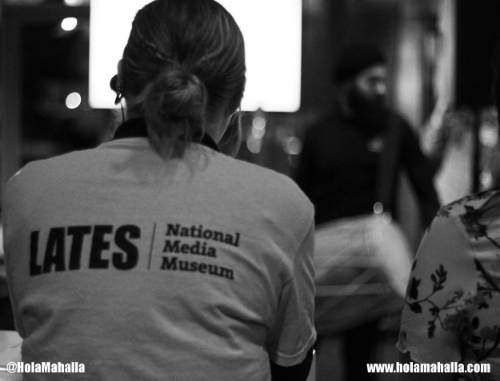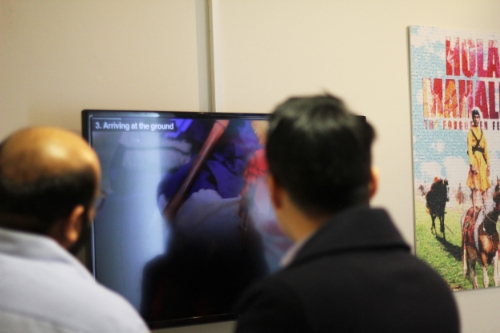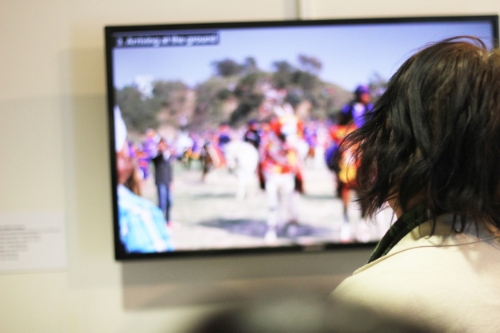Sikh art has grown in popularity over the years, establishing artists and igniting passions in the diaspora. I always find it interesting talking to artists about their work and the thought process behind pieces they've produced. I had the good fortune of interviewing Rupy Tut, a San Francisco based visual artist during one of her visits to the UK.
I caught Rupy when she was part way through her training at the Prince's School of Traditional Arts in London. It was refreshing to see an established artist want to improve and seek out specialist courses to help their craft.
Art and poetry form part of the festival Hola Mahalla and I was encouraged to share this interview with an artist that is both articulate and thought provoking.
As a community it's essential that the arts are championed especially as the Sikh diaspora travels.
To find out more about Rupy visit her website at www.artbyrupy.com
Below is a write up of the interview with Rupy.
Hi, my name is Rupy Cheema Tut. I'm an Eastern traditional artist, I specifically do Mughal miniature paintings, calligraphy, as well as some arabesque here and there.
What I like to do is to incorporate these elements into one piece, to tell a story so that the story is not only about the characters but also about their surroundings and its also about the objects that they wear.
You can add decoration to any piece but you can tell any story, so adding decoration lets me make a visual representation of the story really pretty or beautiful but the actual story narrative and the characters can be as ugly as possible.
One of my pieces which you can call the 'Sach/Truth' piece, I did that piece about one side versus the other and you know when you have each of the sides telling their stories then which one is the actual truth?
For me the response was confusion, thats when I went to the 'Mool Mantar'. The word 'Sach/Truth' in it occurs four times. So for me to distort that, but for it to mean the same thing was very important.
It describes the distorting of truth that might have happened in any of these stories that you read from both sides, but for me the ultimate truth is always going to remain the truth whether you distort it or not.
The 'Vaheguru' piece is my favorite and I developed the idea a lot more, because I had to see geometrically how it was gonna look better and how it was gonna fit, how its going to make sense. I feel like its a lot more balanced, may be thats why it makes sense to me - thats why I'm attracted towards it.
My idea behind using Gurbani in my calligraphy or doing calligraphy around Gurbani is not only to just re-write it because its been done, thats very visible. If I was to re-write it, I would write perfectly to be able to have people read it perfectly, but the reason I use it as an art form is because thats what it is. It represents the art of living, For me the way I engage with Gurbani is as if it is a puzzle. Its a maze for me and its really confusing at times, and its really challenging at times, its really simple and loving at times. So to introduce all those qualities, while writing it is the reason I love to write it, its the reason I love to artistically represent it through calligraphy.

























